In the summer of 2002, the Tampa Bay Buccaneers – who would eventually be Super Bowl-bound – took to training camp a veteran-laden group of pass-catchers. Most of them wore jersey numbers in the 80s, including wideouts Keenan McCardell, Joe Jurevicius and Karl Williams and tight ends Ken Dilger, Todd Yoder and Marco Battaglia. (Rickey Dudley, who wore #88, would replace Battaglia in September.)
Wide receiver Keyshawn Johnson was the outlier in this group. He had been grandfathered in with jersey #19, the number he wore for the New York Jets for four seasons, when he arrived in a trade in 2000. He got that number in New York on a technicality; after he was drafted first-overall by the Jets, he waited until all the other players on the bloated camp roster had been assigned their numbers, making sure the 80s were full. The NFL then permitted him to wear #19.
Johnson was a trend-setter, to be sure. Other wideouts wanted access to numbers in the 10-19 range and, after enough of a league-wide outcry was risen, the NFL relented in 2004 and made them available to that position. In the nearly two decades since, most of the league's best wide receivers have migrated into the teens like Canadian geese headed to Florida. Except the receivers largely stayed in their new destinations.
That has created a new reality for rookie pass-catchers as they peek into NFL equipment rooms for the first time, particularly those who do not arrive as early-round draft picks. At this point, if you're an undrafted receiver, there is a very good chance you're going to start your career in the 80s. Just ask Deven Thompkins, #83, who eventually took over as the Buccaneers' primary return man last season.
And thus, as we continue our player-by-player look at potential "Camp Goals" for every man on the 90-man roster, we get to a group of 10 men with very little collective NFL experience. In fact, the 10 players who will be slipping on practice jerseys in the 80-89 range next week have combined to play 42 regular season games, with 11 starts. Much of that belongs to second-year tight end Cade Otton, who quickly emerged as a starter last year.
#80 WR Kaylon Geiger: Of the four undrafted rookie receivers the Bucs took to training camp last summer, it was Utah State's Deven Thompkins who ended up with the most prominent role in 2022, mostly as a kick and punt returner after the team moved on from Jaelon Darden. But throughout camp and the preseason, Thompkins and Texas Tech's Geiger fit into very similarprofiles. Both were significantly undersized receivers who played much bigger than their statures and routinely made eye-catching plays in practice. They had nearly identical receiving numbers in the preseason and Geiger got as many reps in the return game as Thompkins did. Both spent all or most of 2022 on the practice squad and both got multiple game-day elevations during the season. As such, Geiger can reasonably enter his second Bucs camp with the same sort of expectations as Thompkins, that in a receiving corps severely lacking in experience behind the three presumed starters he has a shot for a fourth, fifth or sixth spot on the depth chart. If given the opportunity, Geiger could seek to show that he is a dangerous weapon in the slot due to his short area quickness, elusiveness and ability to snatch the ball away from his body.
#81 WR Ryan Miller: Miller, who played his college ball at Furman, is one of four undrafted rookie receivers (a couple of whom we already covered the 10-19 jersey range) trying to catch on with the Buccaneers. All four can look at Geiger and Thompkins, who turned very strongtraining camp performances into lasting practice squad spots and a second, very real, chance of breaking camp with the team in 2023. Miller is a bigger target than those two at 6-1 and 210 pounds but he showed in college that he can also be a (bigger-bodied) option in the slot, particularly in a game against Clemson in which he caught 13 passes for 95 yards. Miller finished his final collegiate season with 72 catches for 762 yards and 12 touchdowns and showed a knack for gaining separation underneath with awareness and sharp route-running. There will clearly be fierce competition for the fourth and fifth receiver spots on the Bucs' depth chart, and perhaps even a sixth opening if that competition goes well. Miller will fight for one of those, of course, but should also consider camp a success if he can grab a spot on the practice squad.
#82 TE Dominique Dafney: Unlike most of the non-rookie pass-catchers heading into this year's training camp, Dafney has no prior experience with the Buccaneers. The Bucs gave him a tryout in December after he was released from Denver's practice squad, then signed him to a reserve/future contract in late January. He did get an opportunity to mix in during the offseason program, but as the pads go on and the real competition for roster spots begins, Dafney will be trying to make a good first impression when camp starts next week. Originally an undrafted free agent out of Indiana State with the Colts in 2020, he spent most of the 2020-21 campaigns in Green Bay, with some time on the practice squad, some on injured reserve and enough active roster time to appear in 15 games with four starts. In those games he caught four passes for 60 yards and a touchdown and also had a fairly prominent role on special teams. It seems likely that the Bucs' tight end corps will begin with the three players they drafted over the past two years – Cade Otton, Ko Kieft and Payne Durham – but the team has been known to go four-deep at that spot at times during the regular season, particularly if it chooses not to keep a sixth receiver. Dafney will seek to show he has the pass-catching chops and special teams value to make that fourth TE spot worthwhile.
#83 WR Deven Thompkins: Considering how the 2022 season ended and the subsequent departures of Julio Jones, Breshad Perriman and Scotty Miller, Thompkins could reasonably beseen as the fourth man on the Bucs' depth chart behind Mike Evans, Chris Godwin and Russell Gage. He is also the incumbent return man. However, he should get direct competition for both spots from sixth-round draft pick Trey Palmer, who has blazing speed and intriguing kick return potential. For Thompkins, who impressed even as a rookie with his veteran-like maturity and professionalism, the camp goals are pretty clear: Continue to handle everything thrown at him and prove that his gains as a rookie were a starting point, not a blip on the radar. In terms of Thompkins retaining the return jobs, Special Teams Coordinator Keith Armstrong said in the spring that 'the arrow is pointing up' for the second-year player and he expects even better results out of him this season. He will also seek to continue proving that his size is not an impediment to him getting open and making catches in the seams, thanks to his impressive leaping ability and ball-tracking skills.
#84 TE Tanner Taula: Taula was the only undrafted rookie the Bucs added at the tight end position, though they did draft Durham in the fifth round. The 6-6, 251-pound Illinois State product brings great size and a long wingspan to the position and could seek to impress early on as a plus blocker. That's an interesting progression for the Kansas City native, who admits he was "horrible" at blocking when he first started playing college football but clearly has grown into that role quite a bit. He did catch a career-high 26 passes for 284 yards and a touchdown last year even while missing several games, so he will surely be looking to hone his receiving skills in his first NFL camp. Taula would have to beat out veterans Dafney and David Wells to nail down that potential fourth spot on the Bucs' tight end depth chart, but could also show enough to get a practice squad spot so the team could continue to see how he develops.
#85 WR Kade Warner: Warner, who is the son of Hall of Fame quarterback Kurt Warner, spoke to the local media in the spring and made it clear how he would be approaching his first NFL opportunity. He was going to do the same things, both mentally and physically, that have already helped him overcome so many obstacles on the way to where he is now. "I was a walk-on, no one wanted me, didn't have any offers; went to Nebraska, nobody wanted me; went to Kansas State, took a couple years, finally got there, didn't get drafted," said Warner. "So there's been a lot of twists and turns and a lot of adversity. So, to be here, to put on this jersey and to go out there and play football, it's literally a dream come true for me. I take everything personally – like I was saying, from that undrafted, that walk-on mentality, every little thing. Like if the coaches pick somebody else before me, I write that down, if somebody gets more reps than me in this walk-through, I write that down. It's kind of like that chip on your shoulder, I think, just that expression is said a lot so I don't like saying it, but I just take everything personally." Warner also told the media that he was the "smartest receiver in this draft class" and a good option in the slot, so he will be seeking to prove those words true when the cleats go on next week.
#86 LS Evan Deckers: Deckers is one of just a small handful of players on the 90-man camp roster who is in a direct one-on-one competition for a single spot on the depth chart. The same is true of Chase McLaughlin and Rodrigo Blankenship, though both of those kickers already have significant NFL experience. Deckers, on the other hand, is an undrafted rookie who will be trying to unseat incumbent long-snapper Zach Triner, who has held down that job in Tampa for the last four years. Of course, like all specialists trying to get a foot in the NFL door, he is really auditioning for all 32 teams as he puts his work on tape in practice and in preseason games. Triner, for instance, spent time with the Jets and the Packers from 2016-18 and then had tryouts with seven different teams during the 2018 season before the Bucs signed him in January of 2019. At 6-3 and 252 pounds, Deckers has great size, which becomes important after the snap when the long-snapper becomes just another cover man trying to make a tackle. The Dukeproduct performed well at the Hula Bowl after his final collegiate season and shows good velocity on his snaps. It's not hard to imagine what his objectives are for his first NFL training camp: Deliver every single snap on target and with good speed.
#87 TE Payne Durham: Even after selecting Otton and Kieft in the 2022 draft, the Bucs went right back to well this April, snagging Purdue's Durham in the fifth round to tap into one of the deepest tight end draft pools in recent memory. This would seem to be a hint as to one of the ways Tampa Bay's offense will evolve in 2023 under the direction of new coordinator Dave Canales. As Staff Writer/Reporter Brianna Dix noted in a closer look at the Bucs' current tight end room earlier this week, Canales' previous team, the Seattle Seahawks used two-TE personnel packages nearly 30% of the time last year, compared to 17.4% for the Buccaneers. Seattle's thirdtight end had significantly more snaps than the Bucs' second player on the depth chart. Kieft is every bit the rugged blocker the team was hoping for when it traded up to get him in the sixth round in 2022, but Durham may be a better fit as the second tight end in "12" packages in which both are credible receiving threats. He caught 101 passes over his last two collegiate seasons, is unafraid to mix it up over the middle and has soft hands plus an extremely wide wingspan. Durham will enter his first NFL camp seeking to show he can be a versatile blocking/receiving threat and make those two-TE sets successful for the Buccaneers.
#88 TE Cade Otton: Whatever goals Otton set for himself as a rookie a year ago, he almost certainly hit them, as he went on to make a very strong first impression at a position that is notoriously hard to excel at early in the NFL. It didn't take Otton long to take over as the team's primary starter and he ended up playing roughly 75% of the snaps, showing value as both a pass-catcher and a blocker. He led all rookie tight ends with 42 receptions and frequently showed toughness in traffic down the seams. For Otton, the camp goal would presumably be 'do it all again, but even more.' For the second time in two NFL seasons, he'll be absorbing a new offense, but in this case he's joined in that process by the rest of his teammates. Assuming the Bucs' offense bears some resemblance to the Seahawks' approach in 2022, Otton will be looking to take advantage of the opportunities that led to a combined 110 catches for 1,164 yards and 10touchdowns by Seattle tight ends.
#89 TE David Wells: Wells, who has been seeking opportunities in the NFL since first arriving as an undrafted free agent in Dallas five years ago, could have one clear goal for his first Buccaneers training camp: Emerge from it with an opening day spot on the roster for the first time in his career. Wells has seen some regular-season action, getting into three games and making one start for Arizona, but he's started each of his previous seasons either on the practice squad or on injured reserve. Listed as 6-6 and 260 pounds, Wells is the Buccaneers' biggest tight end on the current roster and he did show some pass-catching ability with a 25-reception, four-touchdown junior season at San Diego State. As noted earlier, the Bucs seem quite likely to keep their three recent draft picks to start the tight end depth chart but could possibly devote a fourth spot to the position. If so, Wells' competition for the job would be only two players, fellow well-traveled vet Dominique Dafney and undrafted rookie Tanner Taula. Like those two, he will be seeking to show he'd be a viable player on offense if needed and a contributor of some sort on special teams.
View some of the best pictures from the Tampa Bay Buccaneers 2023 Asset Shoot.
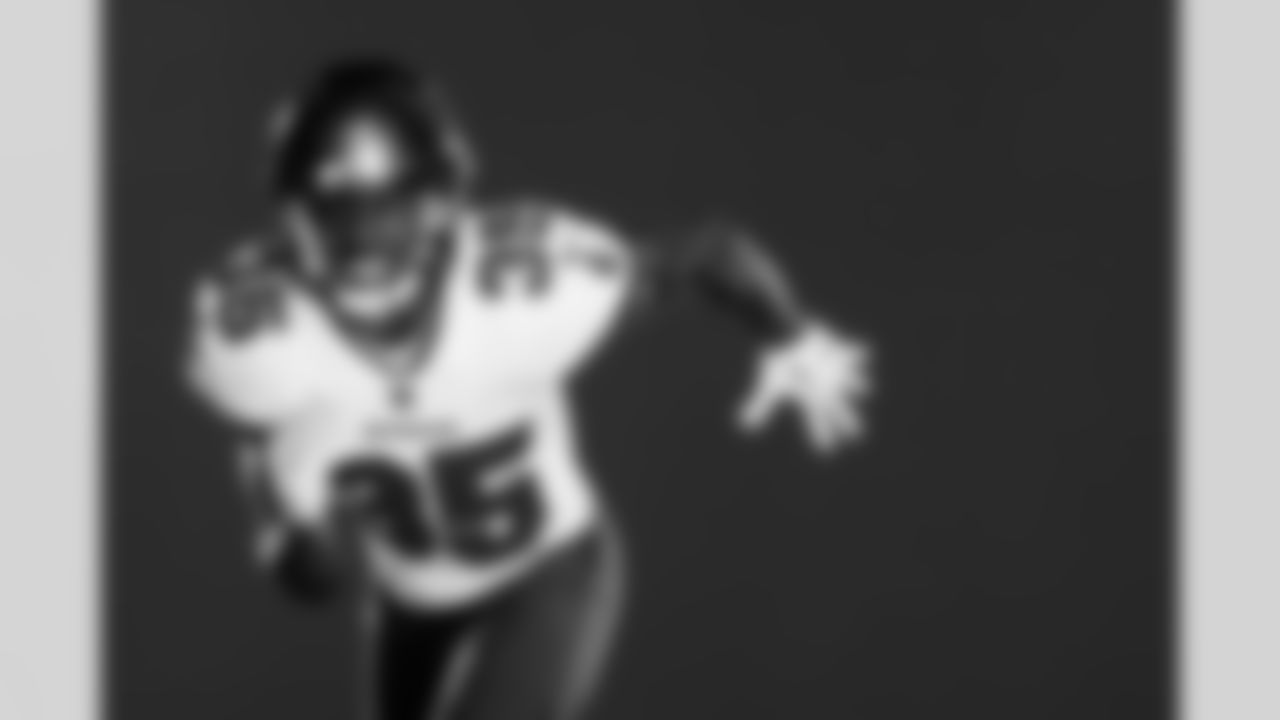
TAMPA, FL - June 11, 2023 - Cornerback Jamel Dean #35 of the Tampa Bay Buccaneers during 2023 Asset Shoot at AdventHealth Training Center. Photo By Kyle Zedaker/Tampa Bay Buccaneers
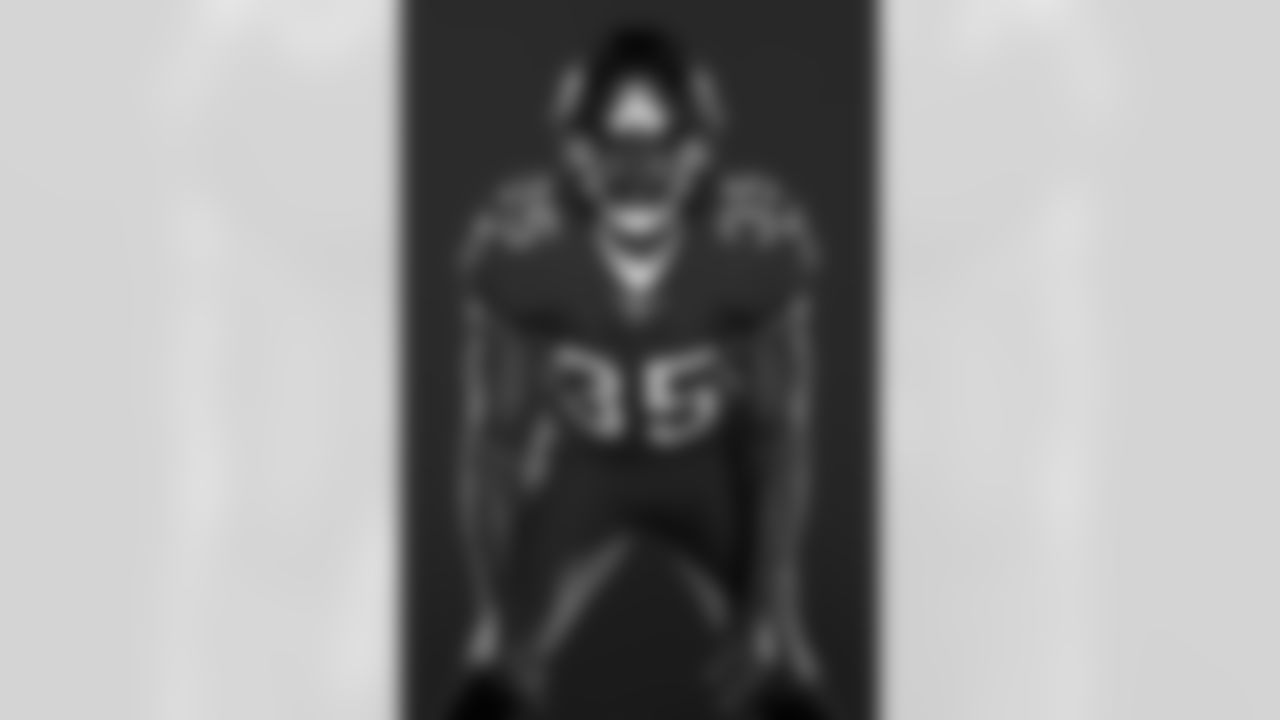
TAMPA, FL - June 11, 2023 - Cornerback Jamel Dean #35 of the Tampa Bay Buccaneers during 2023 Asset Shoot at AdventHealth Training Center. Photo By Kyle Zedaker/Tampa Bay Buccaneers
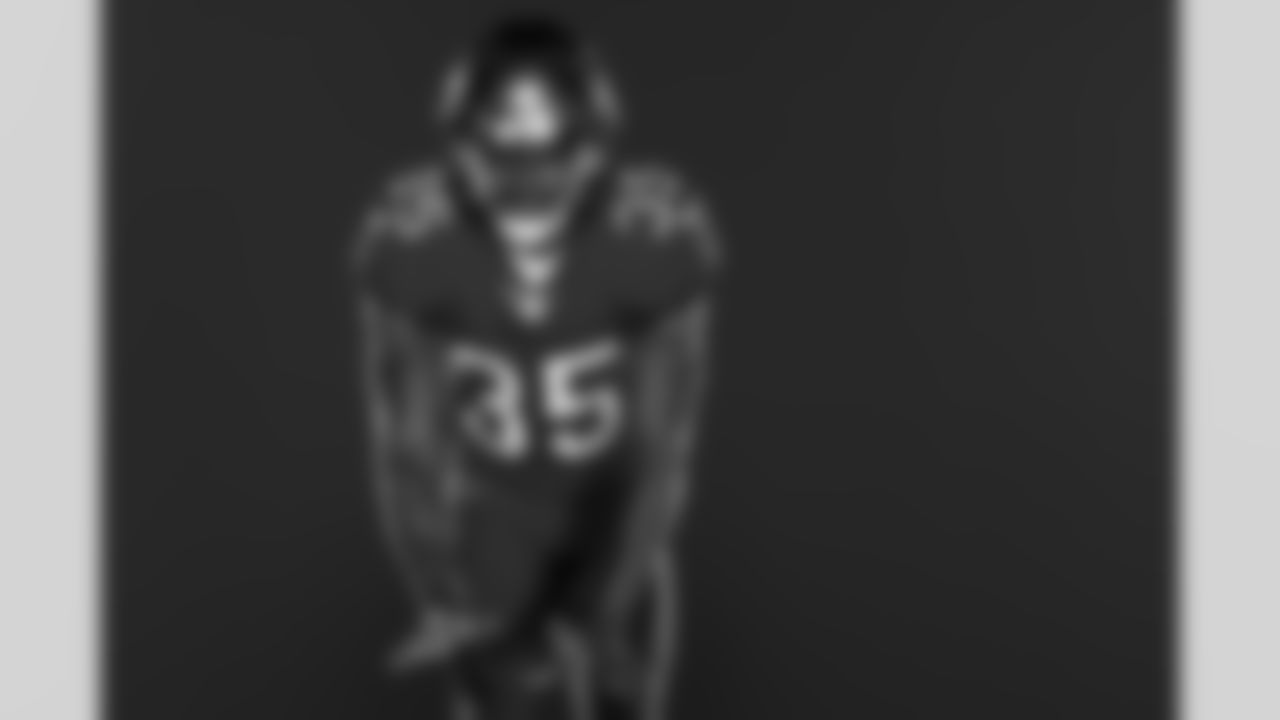
TAMPA, FL - June 11, 2023 - Cornerback Jamel Dean #35 of the Tampa Bay Buccaneers during 2023 Asset Shoot at AdventHealth Training Center. Photo By Kyle Zedaker/Tampa Bay Buccaneers

TAMPA, FL - June 11, 2023 - Cornerback Jamel Dean #35 of the Tampa Bay Buccaneers during 2023 Asset Shoot at AdventHealth Training Center. Photo By Kyle Zedaker/Tampa Bay Buccaneers

TAMPA, FL - June 11, 2023 - Cornerback Jamel Dean #35 of the Tampa Bay Buccaneers during 2023 Asset Shoot at AdventHealth Training Center. Photo By Kyle Zedaker/Tampa Bay Buccaneers
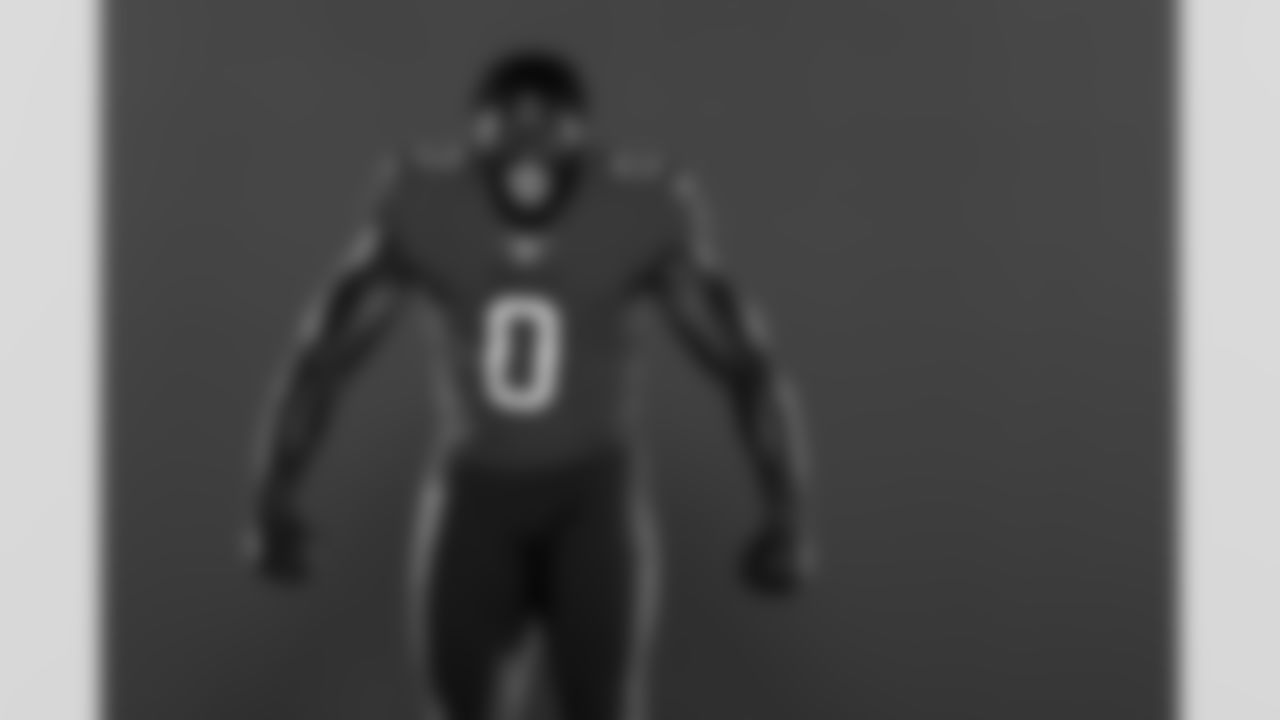
TAMPA, FL - June 11, 2023 - Outside Linebacker Yaya Diaby #0 of the Tampa Bay Buccaneers during 2023 Asset Shoot at AdventHealth Training Center. Photo By Kyle Zedaker/Tampa Bay Buccaneers
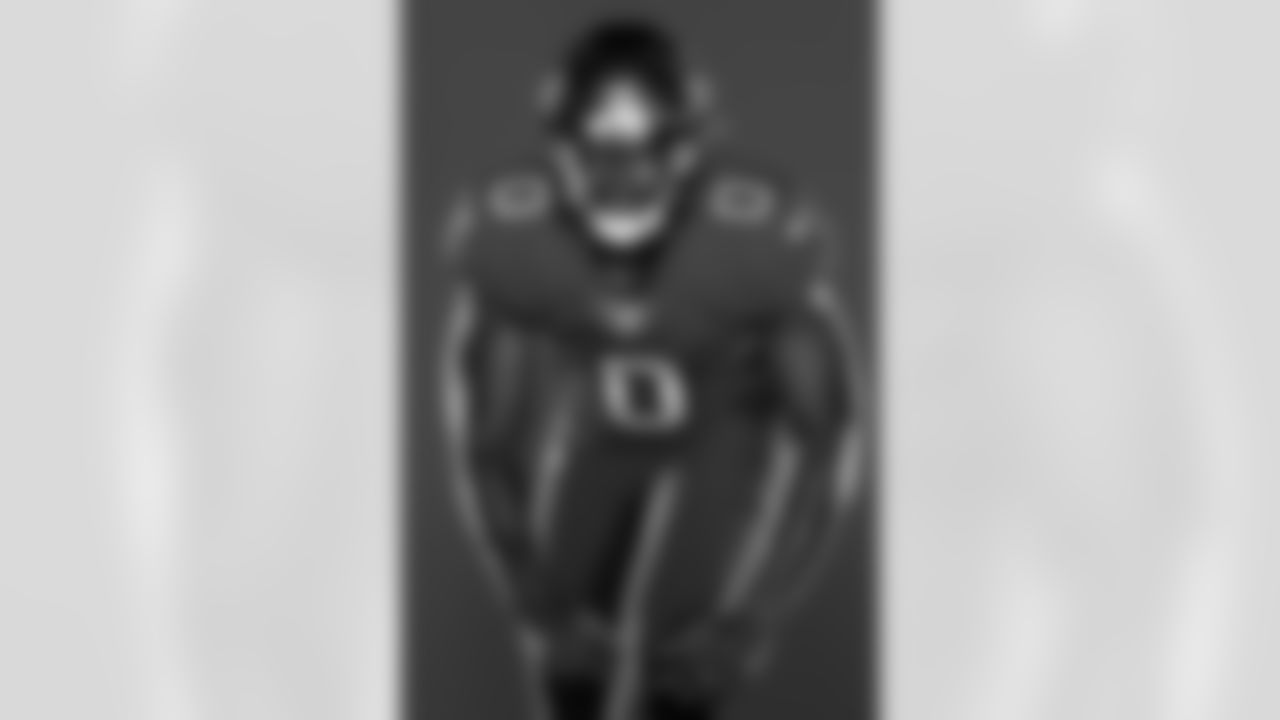
TAMPA, FL - June 11, 2023 - Outside Linebacker Yaya Diaby #0 of the Tampa Bay Buccaneers during 2023 Asset Shoot at AdventHealth Training Center. Photo By Kyle Zedaker/Tampa Bay Buccaneers
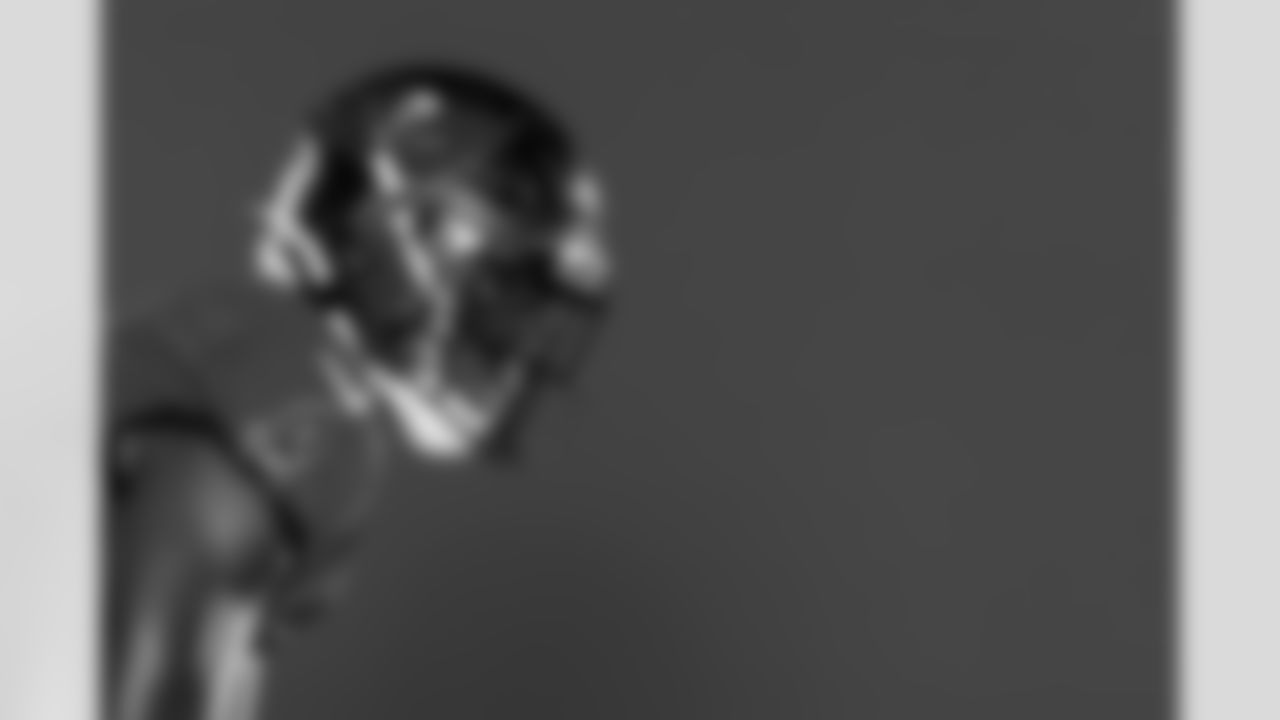
TAMPA, FL - June 11, 2023 - Outside Linebacker Yaya Diaby #0 of the Tampa Bay Buccaneers during 2023 Asset Shoot at AdventHealth Training Center. Photo By Kyle Zedaker/Tampa Bay Buccaneers
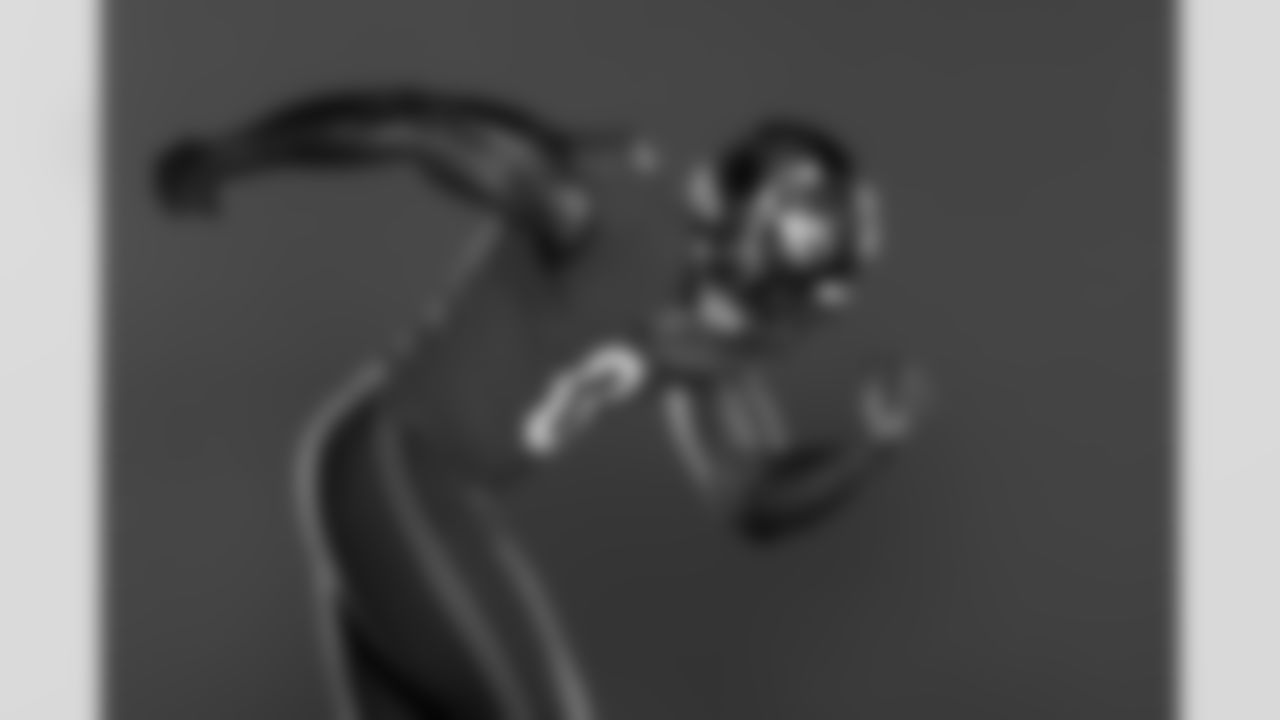
TAMPA, FL - June 11, 2023 - Outside Linebacker Yaya Diaby #0 of the Tampa Bay Buccaneers during 2023 Asset Shoot at AdventHealth Training Center. Photo By Kyle Zedaker/Tampa Bay Buccaneers

TAMPA, FL - June 11, 2023 - Wide Receiver Mike Evans #13 of the Tampa Bay Buccaneers during 2023 Asset Shoot at AdventHealth Training Center. Photo By Kyle Zedaker/Tampa Bay Buccaneers

TAMPA, FL - June 11, 2023 - Defensive Lineman Greg Gaines #96 of the Tampa Bay Buccaneers during 2023 Asset Shoot at AdventHealth Training Center. Photo By Kyle Zedaker/Tampa Bay Buccaneers

TAMPA, FL - June 11, 2023 - Defensive Lineman Greg Gaines #96 of the Tampa Bay Buccaneers during 2023 Asset Shoot at AdventHealth Training Center. Photo By Kyle Zedaker/Tampa Bay Buccaneers
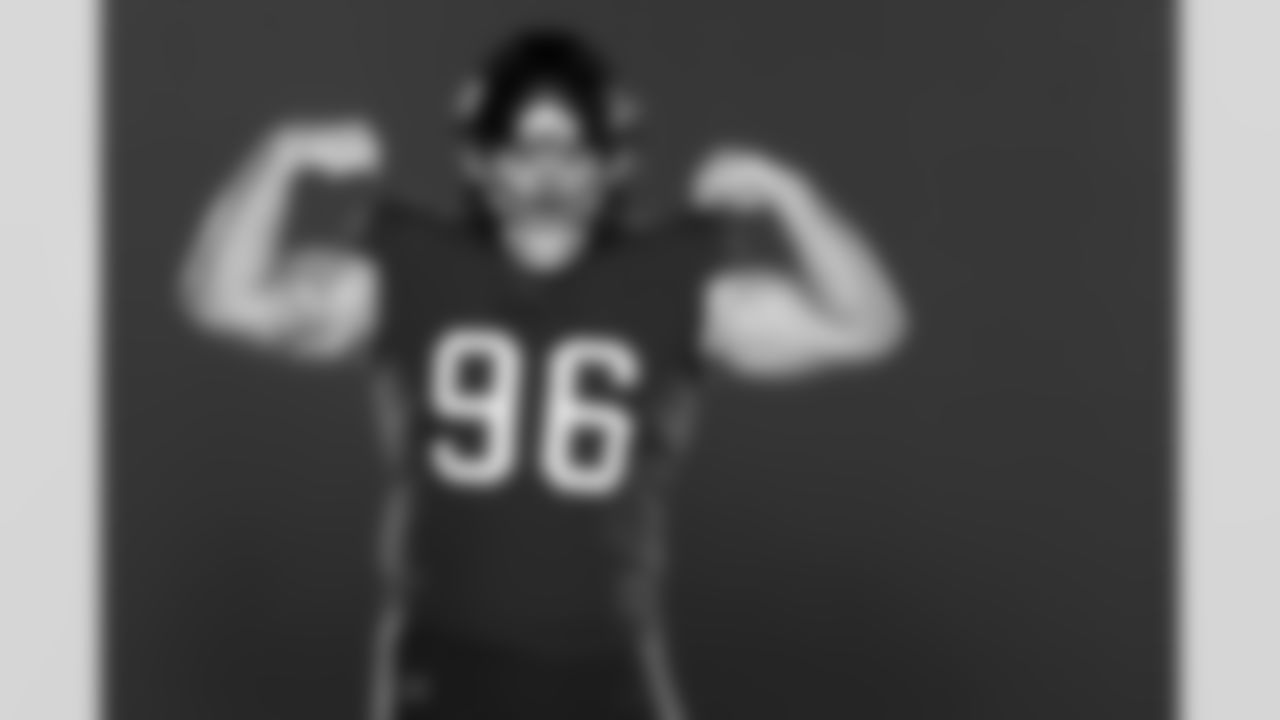
TAMPA, FL - June 11, 2023 - Defensive Lineman Greg Gaines #96 of the Tampa Bay Buccaneers during 2023 Asset Shoot at AdventHealth Training Center. Photo By Kyle Zedaker/Tampa Bay Buccaneers
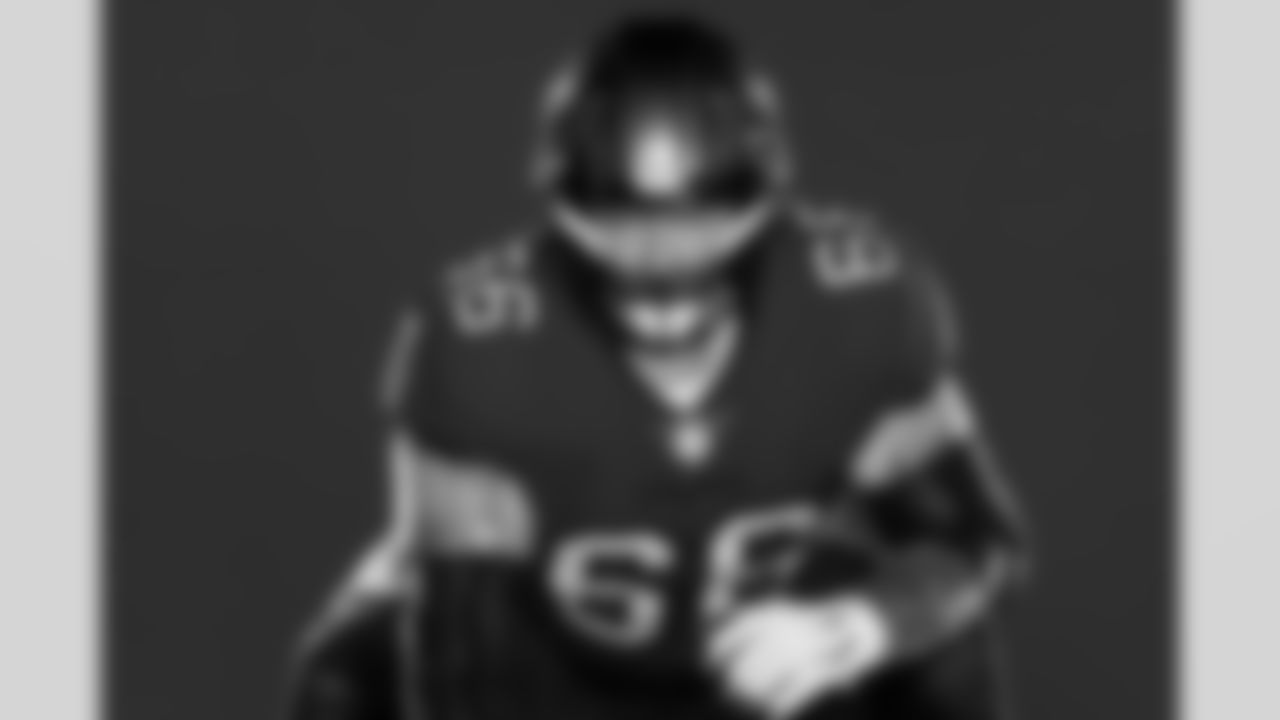
TAMPA, FL - June 12, 2023 - Center Ryan Jensen #66 of the Tampa Bay Buccaneers during 2023 Asset Shoot at AdventHealth Training Center. Photo By Kyle Zedaker/Tampa Bay Buccaneers
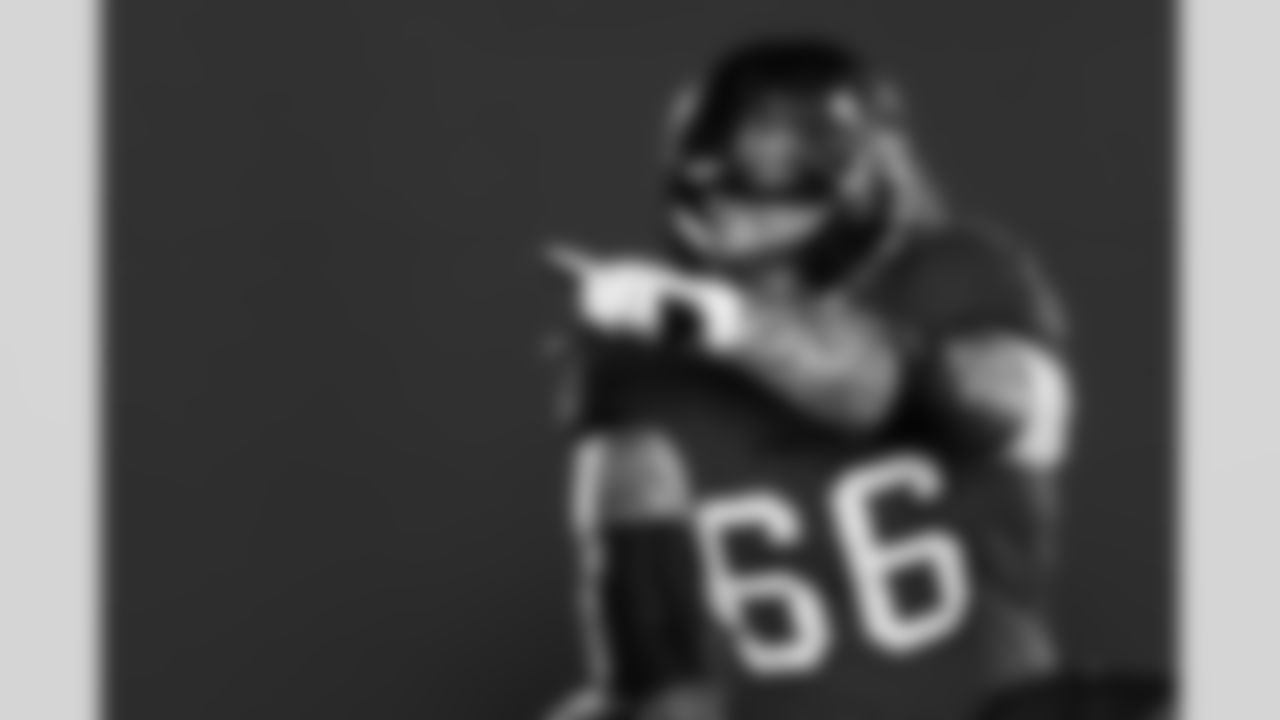
TAMPA, FL - June 12, 2023 - Center Ryan Jensen #66 of the Tampa Bay Buccaneers during 2023 Asset Shoot at AdventHealth Training Center. Photo By Kyle Zedaker/Tampa Bay Buccaneers
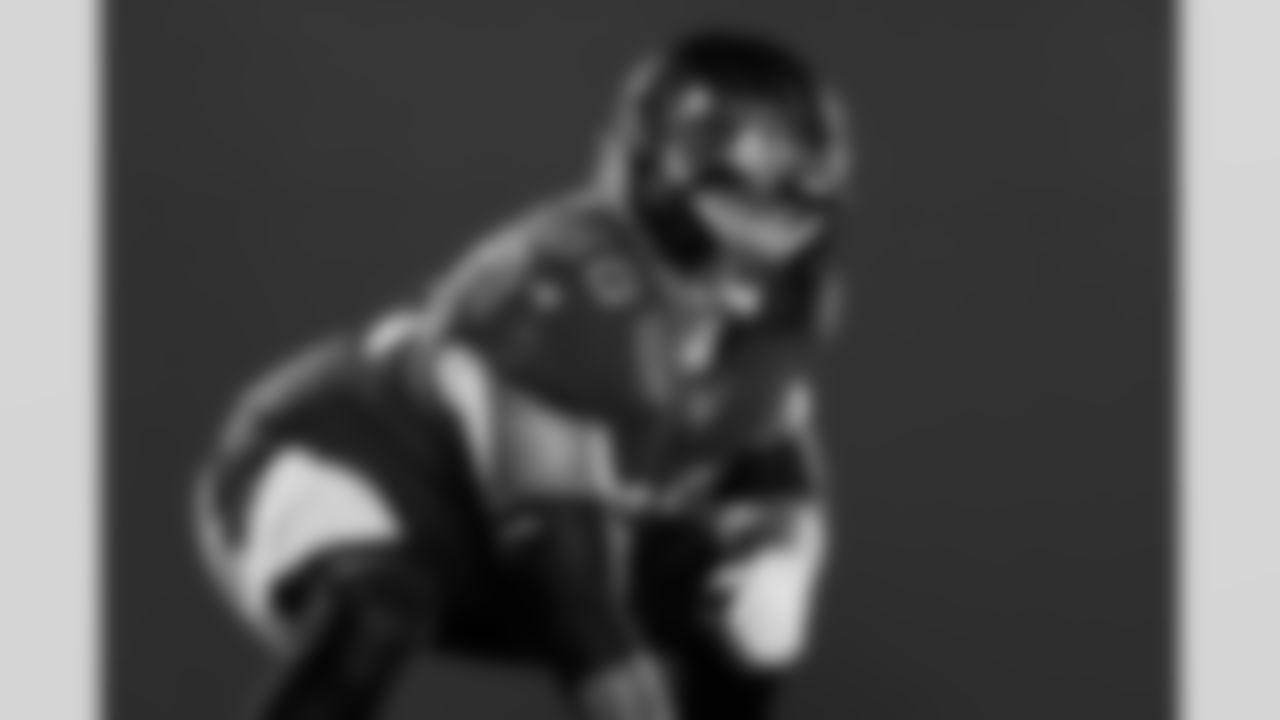
TAMPA, FL - June 12, 2023 - Center Ryan Jensen #66 of the Tampa Bay Buccaneers during 2023 Asset Shoot at AdventHealth Training Center. Photo By Kyle Zedaker/Tampa Bay Buccaneers
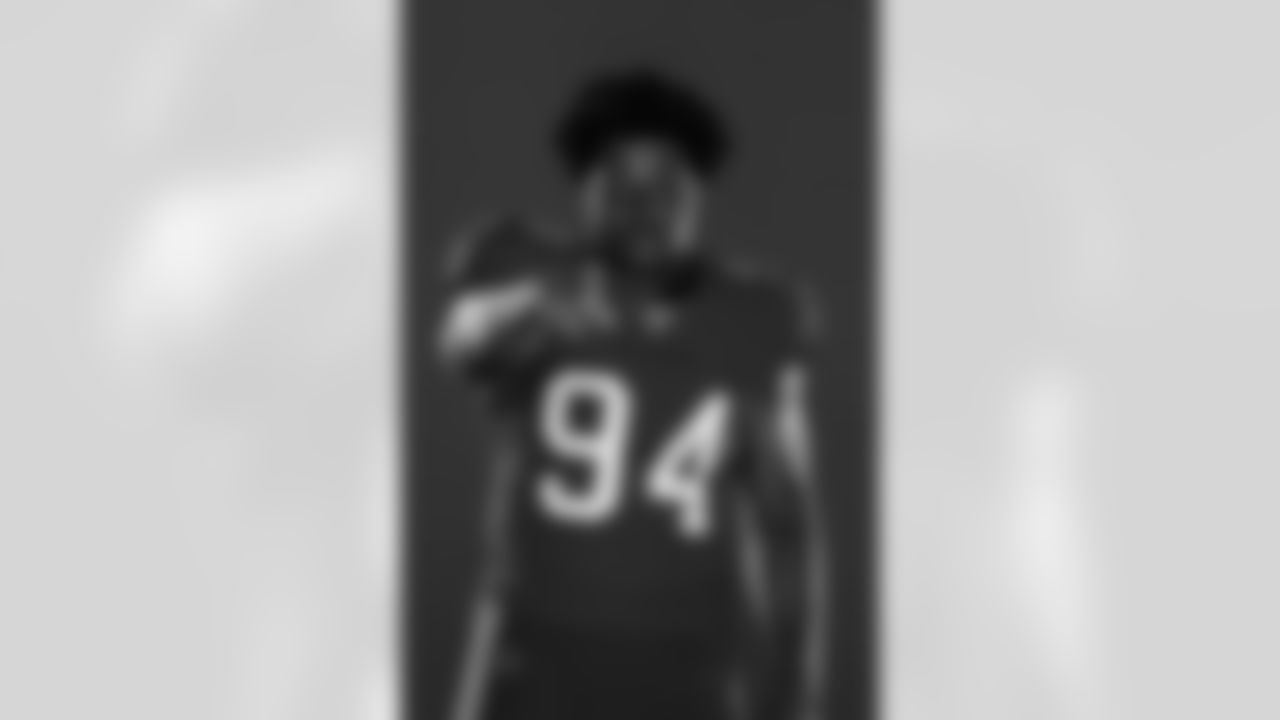
TAMPA, FL - June 11, 2023 - Defensive Lineman Calijah Kancey #94 of the Tampa Bay Buccaneers during 2023 Asset Shoot at AdventHealth Training Center. Photo By Kyle Zedaker/Tampa Bay Buccaneers
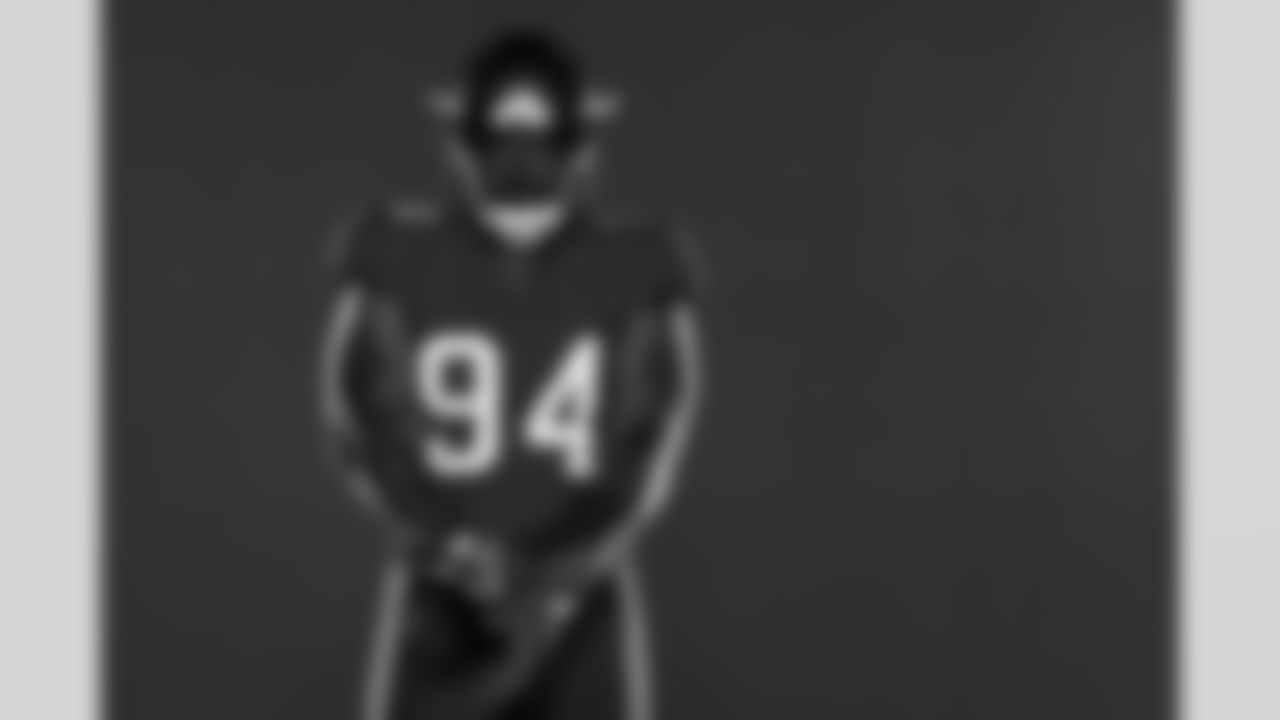
TAMPA, FL - June 11, 2023 - Defensive Lineman Calijah Kancey #94 of the Tampa Bay Buccaneers during 2023 Asset Shoot at AdventHealth Training Center. Photo By Kyle Zedaker/Tampa Bay Buccaneers
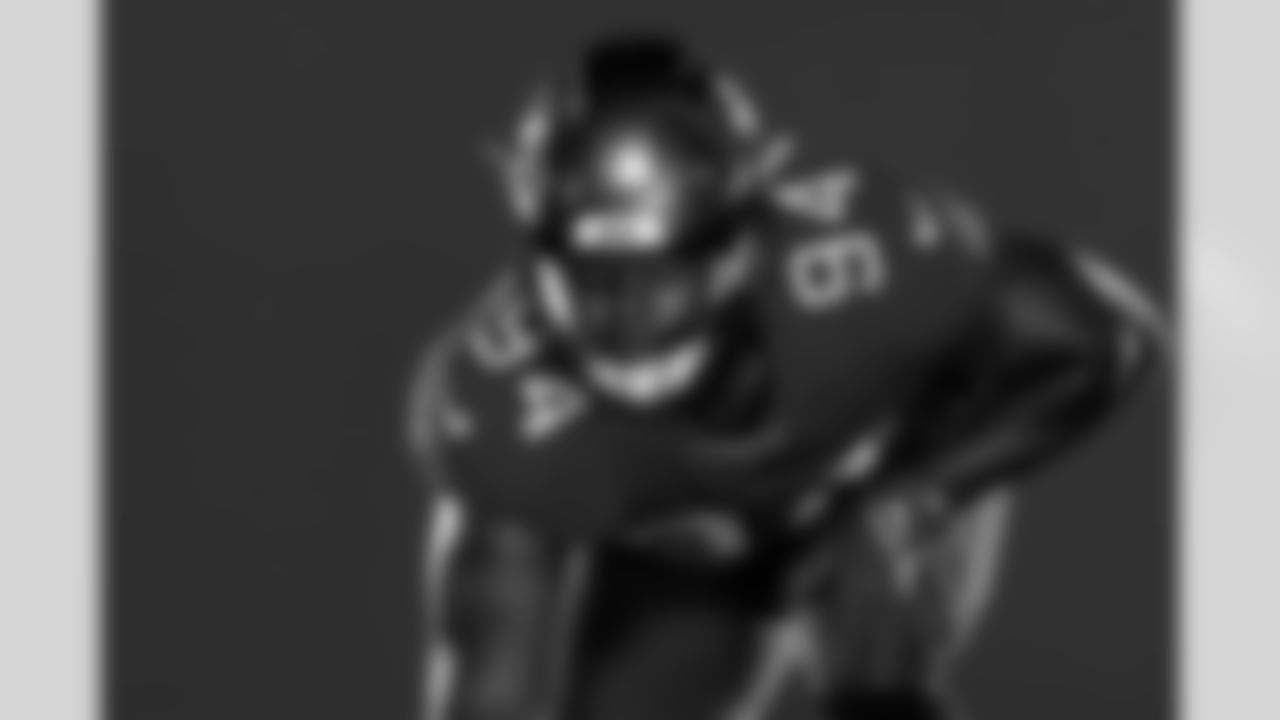
TAMPA, FL - June 11, 2023 - Defensive Lineman Calijah Kancey #94 of the Tampa Bay Buccaneers during 2023 Asset Shoot at AdventHealth Training Center. Photo By Kyle Zedaker/Tampa Bay Buccaneers
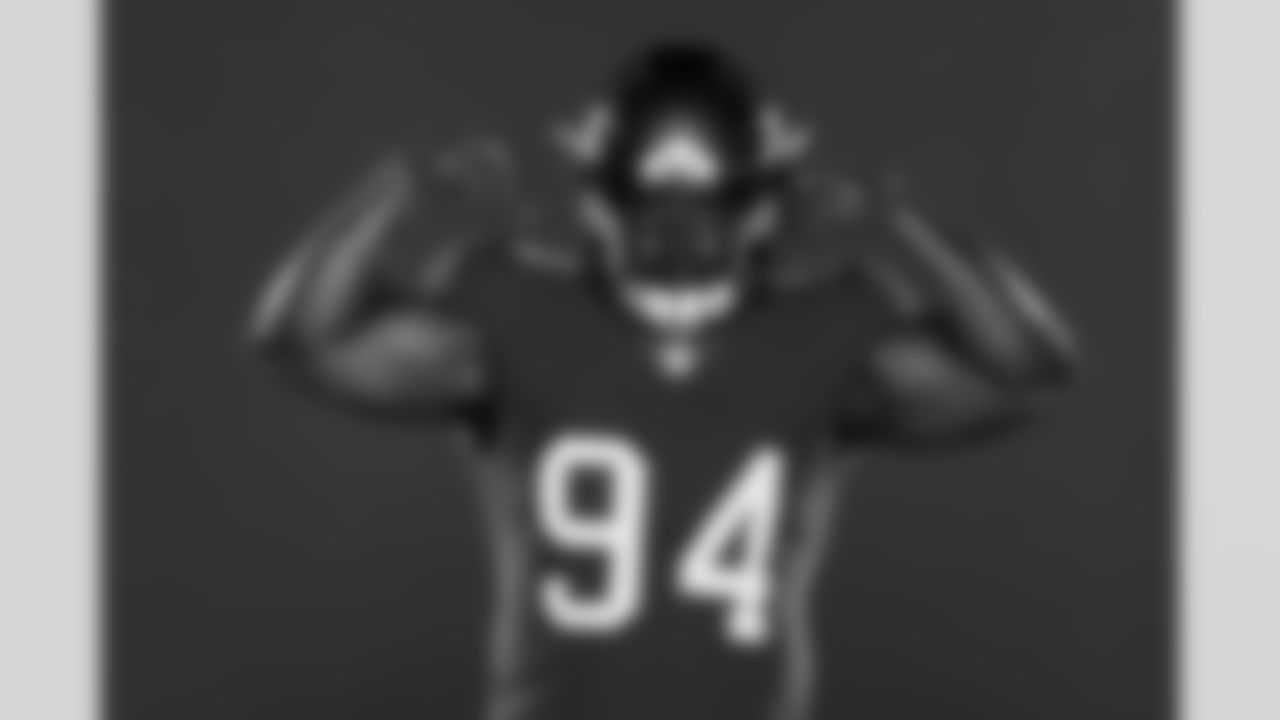
TAMPA, FL - June 11, 2023 - Defensive Lineman Calijah Kancey #94 of the Tampa Bay Buccaneers during 2023 Asset Shoot at AdventHealth Training Center. Photo By Kyle Zedaker/Tampa Bay Buccaneers
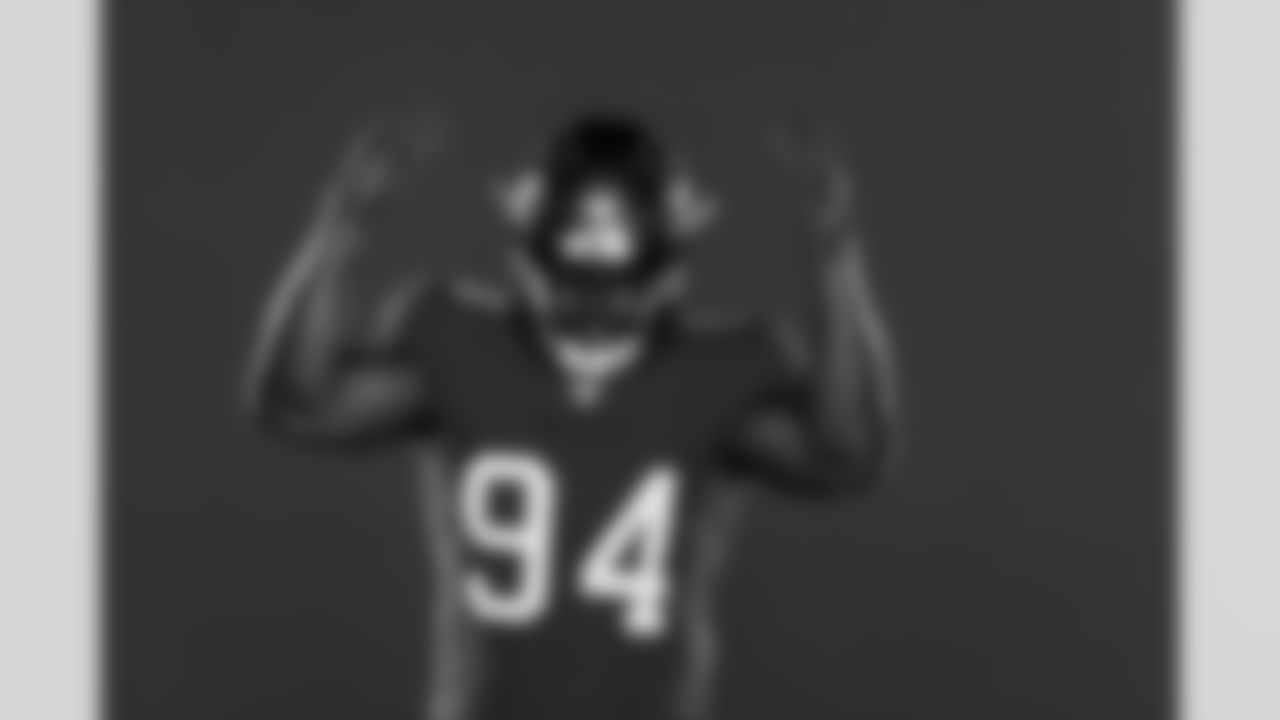
TAMPA, FL - June 11, 2023 - Defensive Lineman Calijah Kancey #94 of the Tampa Bay Buccaneers during 2023 Asset Shoot at AdventHealth Training Center. Photo By Kyle Zedaker/Tampa Bay Buccaneers
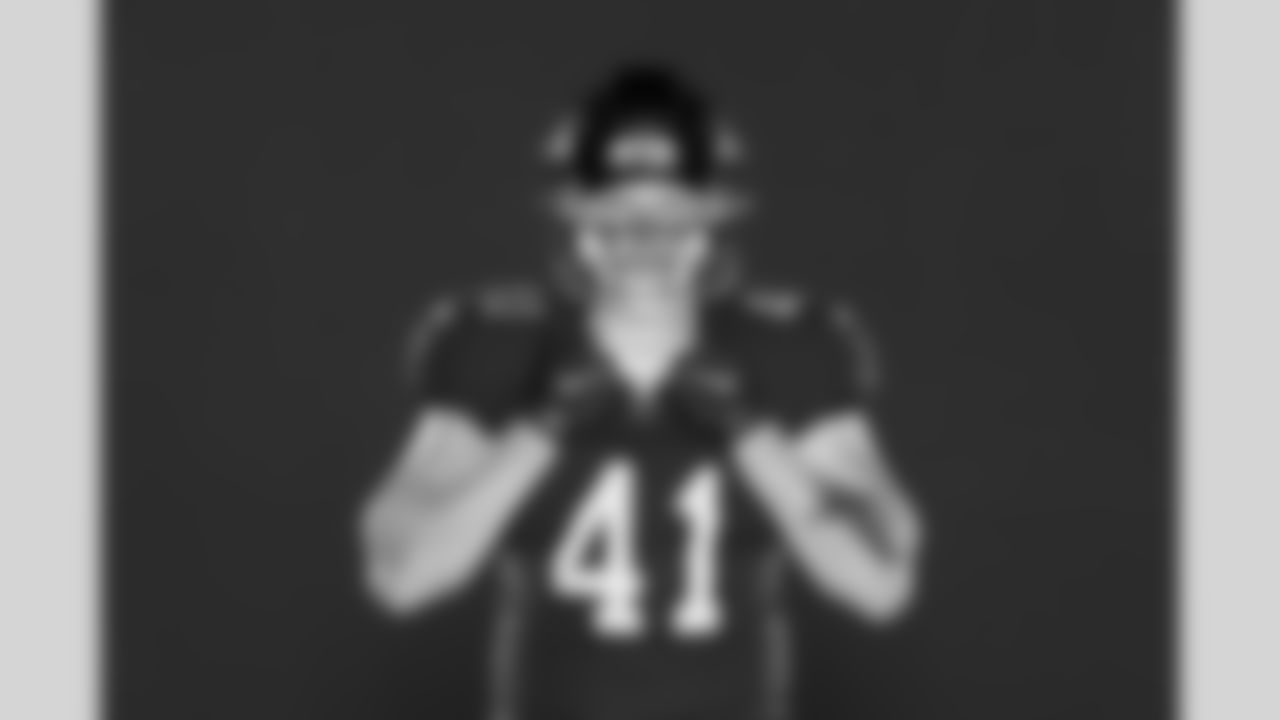
TAMPA, FL - June 12, 2023 - Tight End Ko Kieft #41 of the Tampa Bay Buccaneers during 2023 Asset Shoot at AdventHealth Training Center. Photo By Kyle Zedaker/Tampa Bay Buccaneers
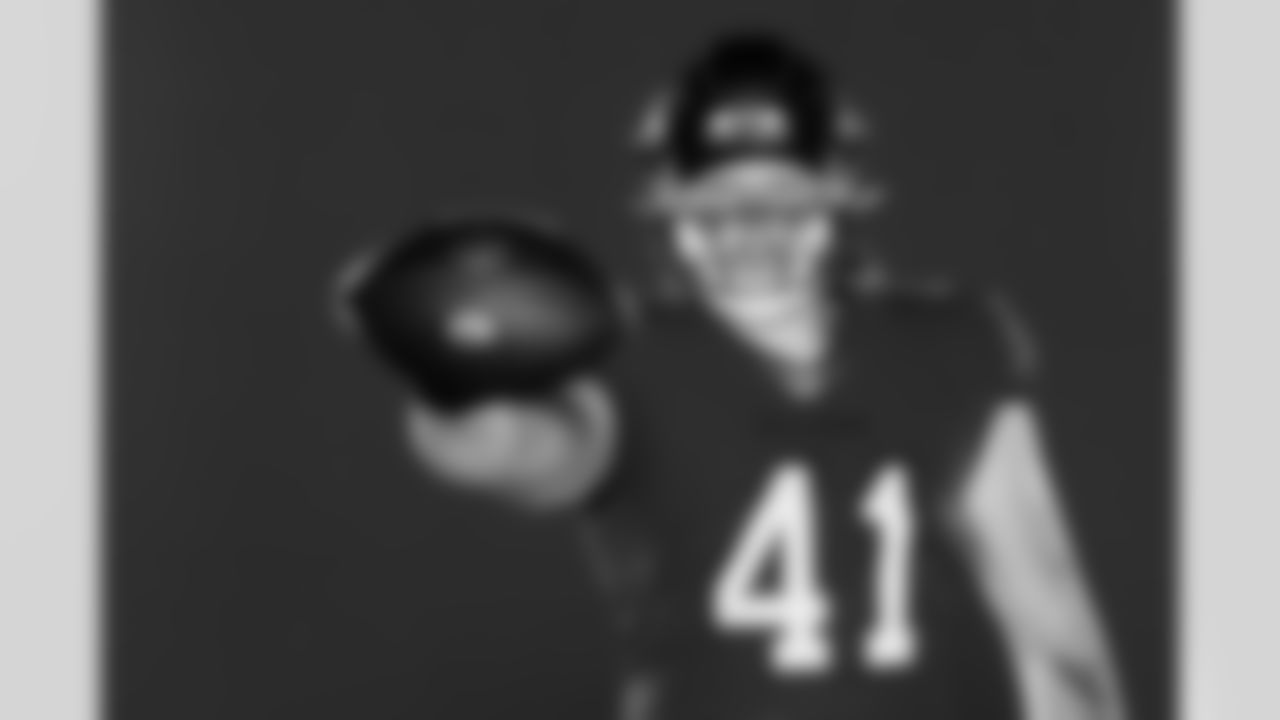
TAMPA, FL - June 12, 2023 - Tight End Ko Kieft #41 of the Tampa Bay Buccaneers during 2023 Asset Shoot at AdventHealth Training Center. Photo By Kyle Zedaker/Tampa Bay Buccaneers
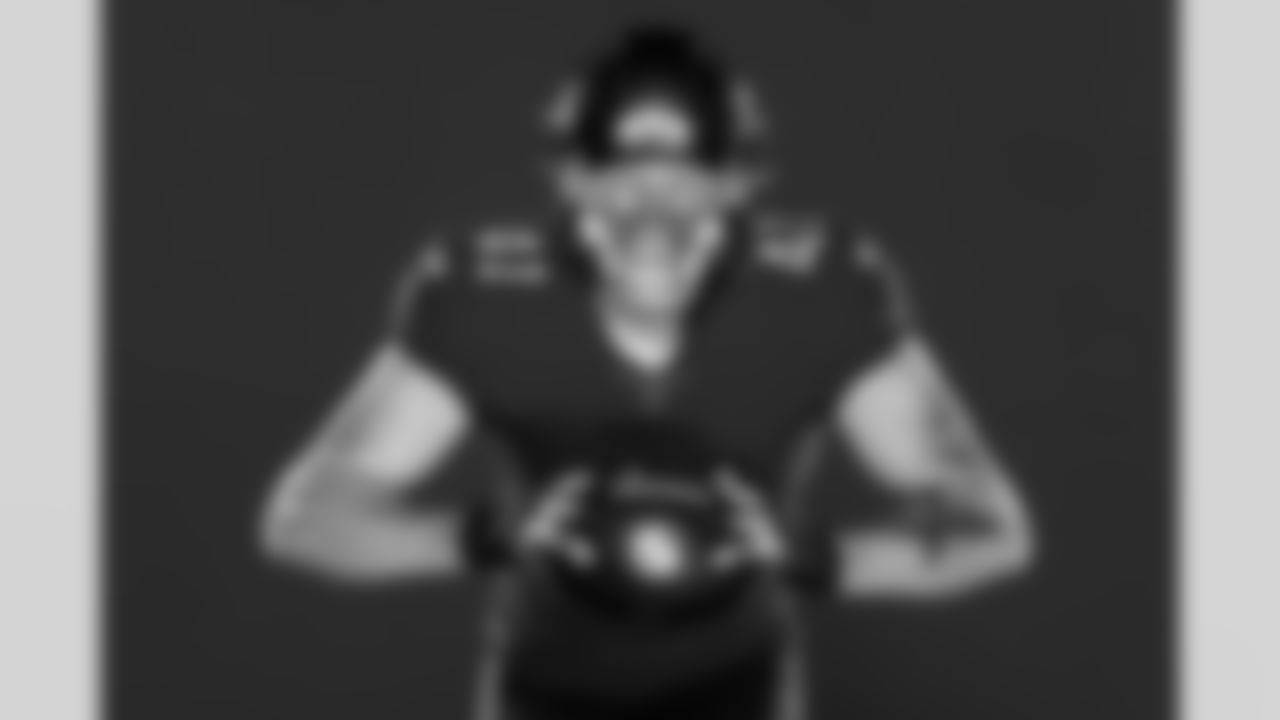
TAMPA, FL - June 12, 2023 - Tight End Ko Kieft #41 of the Tampa Bay Buccaneers during 2023 Asset Shoot at AdventHealth Training Center. Photo By Kyle Zedaker/Tampa Bay Buccaneers
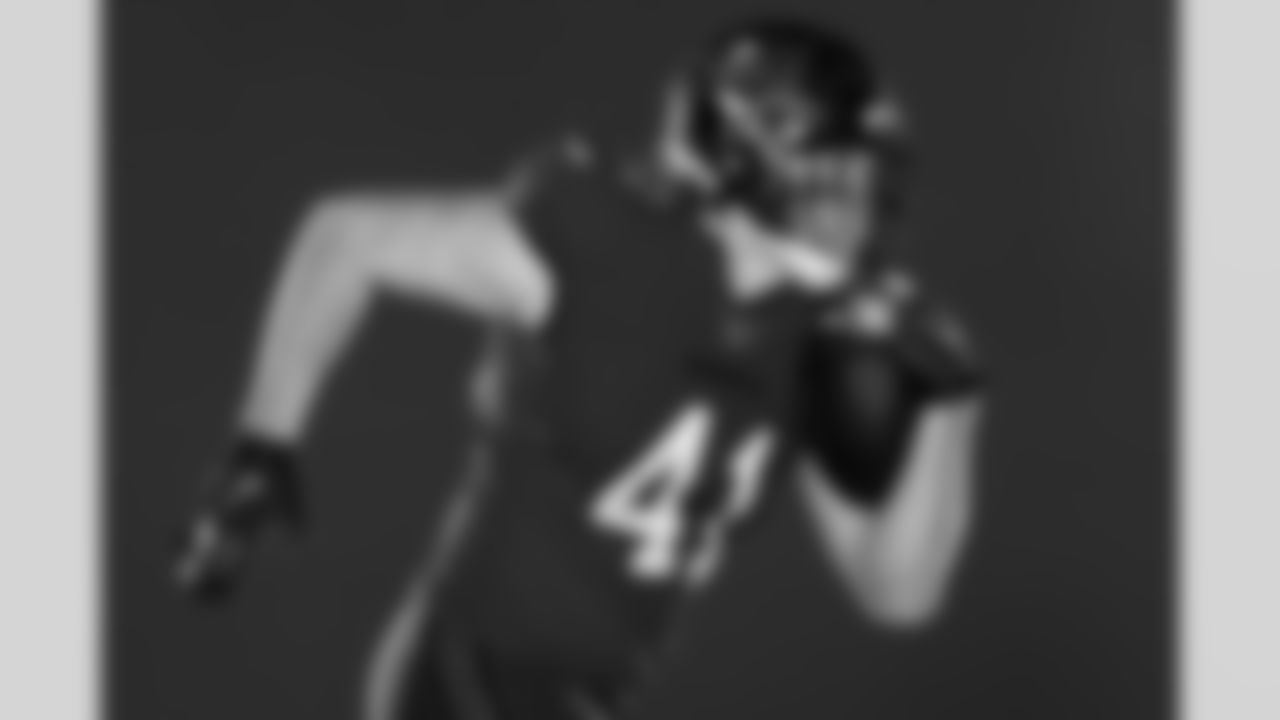
TAMPA, FL - June 12, 2023 - Tight End Ko Kieft #41 of the Tampa Bay Buccaneers during 2023 Asset Shoot at AdventHealth Training Center. Photo By Kyle Zedaker/Tampa Bay Buccaneers
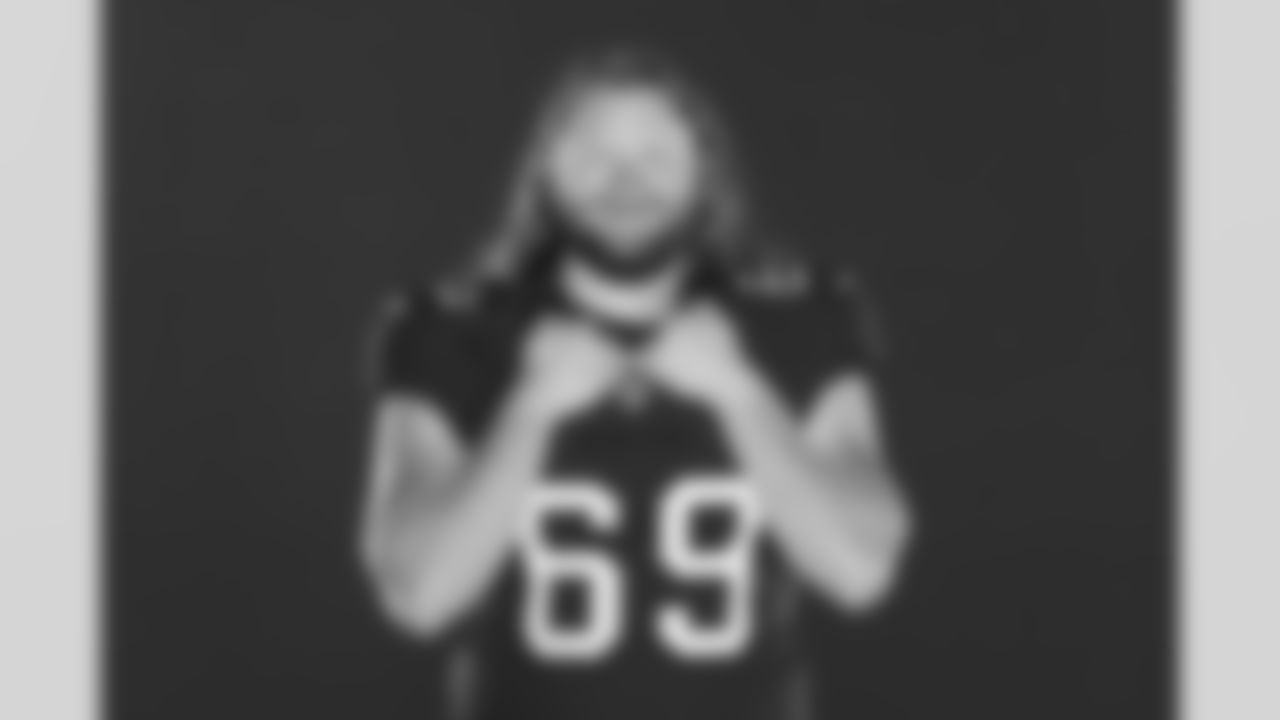
TAMPA, FL - June 11, 2023 - Guard Cody Mauch #69 of the Tampa Bay Buccaneers during 2023 Asset Shoot at AdventHealth Training Center. Photo By Kyle Zedaker/Tampa Bay Buccaneers

TAMPA, FL - June 11, 2023 - Guard Cody Mauch #69 of the Tampa Bay Buccaneers during 2023 Asset Shoot at AdventHealth Training Center. Photo By Kyle Zedaker/Tampa Bay Buccaneers

TAMPA, FL - June 11, 2023 - Guard Cody Mauch #69 of the Tampa Bay Buccaneers during 2023 Asset Shoot at AdventHealth Training Center. Photo By Kyle Zedaker/Tampa Bay Buccaneers
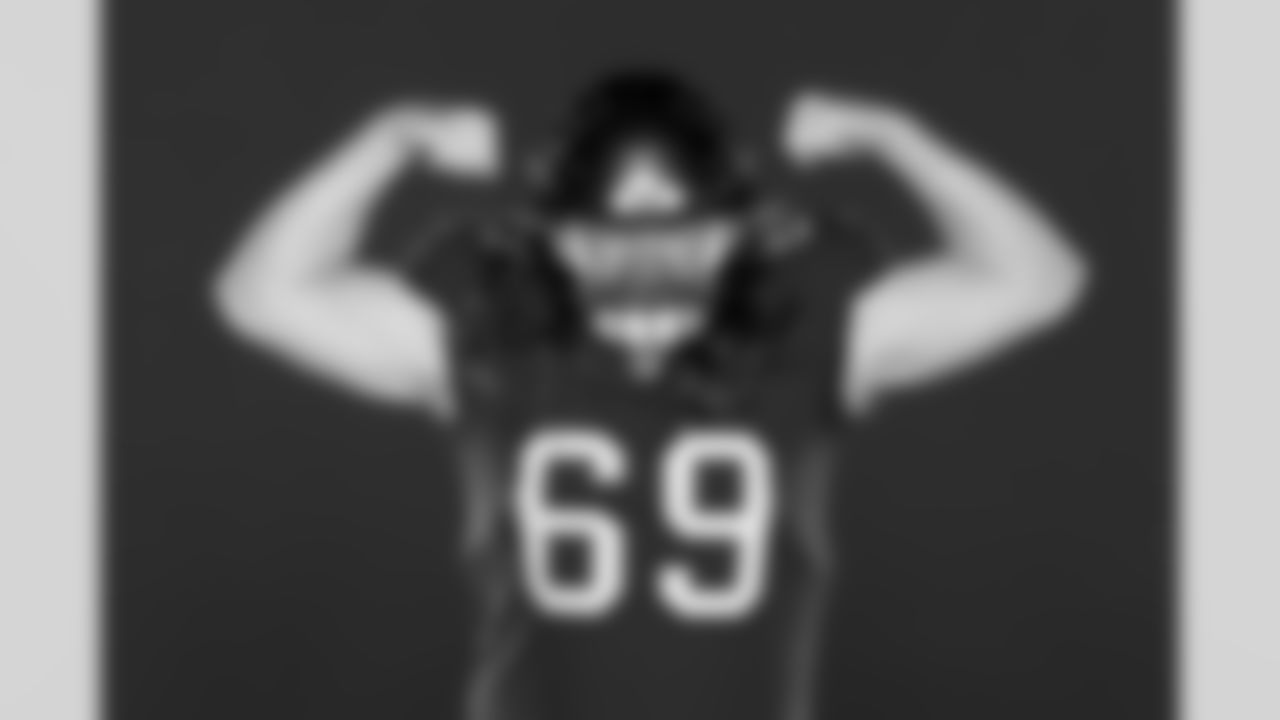
TAMPA, FL - June 11, 2023 - Guard Cody Mauch #69 of the Tampa Bay Buccaneers during 2023 Asset Shoot at AdventHealth Training Center. Photo By Kyle Zedaker/Tampa Bay Buccaneers
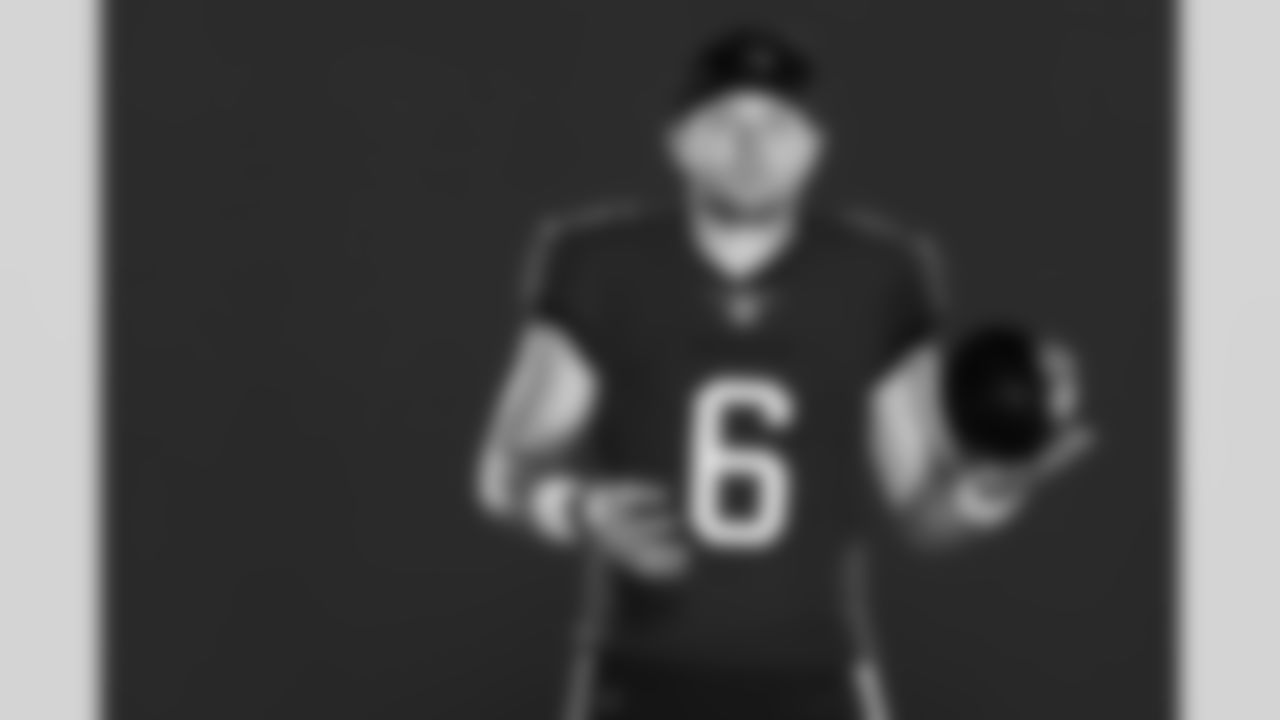
TAMPA, FL - June 12, 2023 - Quarterback Baker Mayfield #6 of The Tampa Bay Buccaneers during 2023 Asset Shoot at AdventHealth Training Center. Photo By Kyle Zedaker/Tampa Bay Buccaneers

TAMPA, FL - June 12, 2023 - Quarterback Baker Mayfield #6 of The Tampa Bay Buccaneers during 2023 Asset Shoot at AdventHealth Training Center. Photo By Kyle Zedaker/Tampa Bay Buccaneers

TAMPA, FL - June 12, 2023 - Quarterback Baker Mayfield #6 of The Tampa Bay Buccaneers during 2023 Asset Shoot at AdventHealth Training Center. Photo By Kyle Zedaker/Tampa Bay Buccaneers
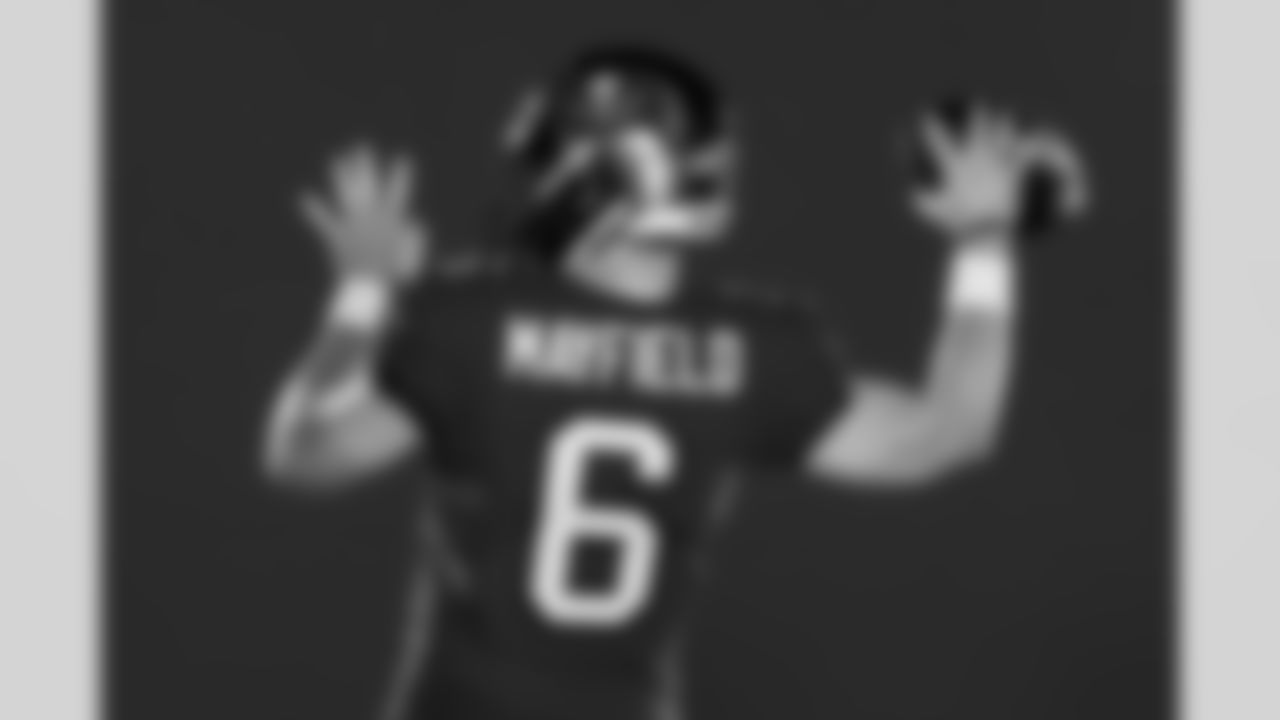
TAMPA, FL - June 12, 2023 - Quarterback Baker Mayfield #6 of The Tampa Bay Buccaneers during 2023 Asset Shoot at AdventHealth Training Center. Photo By Kyle Zedaker/Tampa Bay Buccaneers

TAMPA, FL - June 12, 2023 - Quarterback Baker Mayfield #6 of The Tampa Bay Buccaneers during 2023 Asset Shoot at AdventHealth Training Center. Photo By Kyle Zedaker/Tampa Bay Buccaneers

TAMPA, FL - June 12, 2023 - Quarterback Baker Mayfield #6 of The Tampa Bay Buccaneers during 2023 Asset Shoot at AdventHealth Training Center. Photo By Kyle Zedaker/Tampa Bay Buccaneers
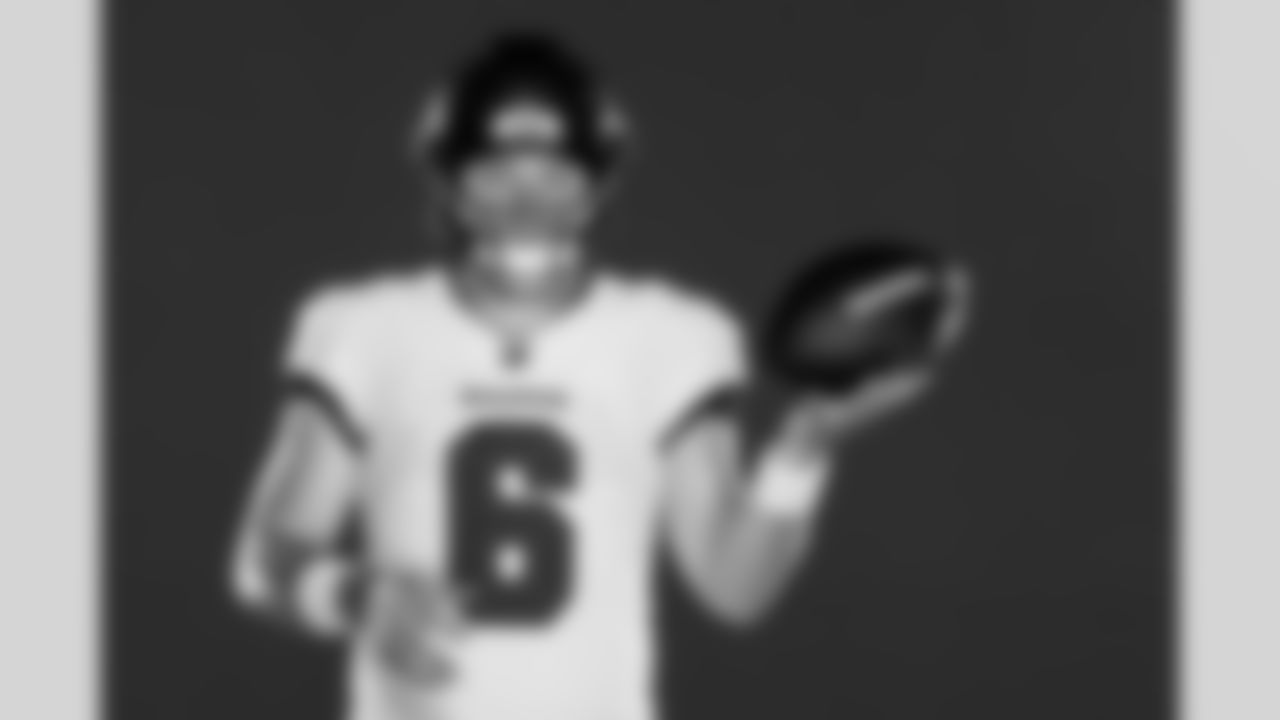
TAMPA, FL - June 12, 2023 - Quarterback Baker Mayfield #6 of The Tampa Bay Buccaneers during 2023 Asset Shoot at AdventHealth Training Center. Photo By Kyle Zedaker/Tampa Bay Buccaneers
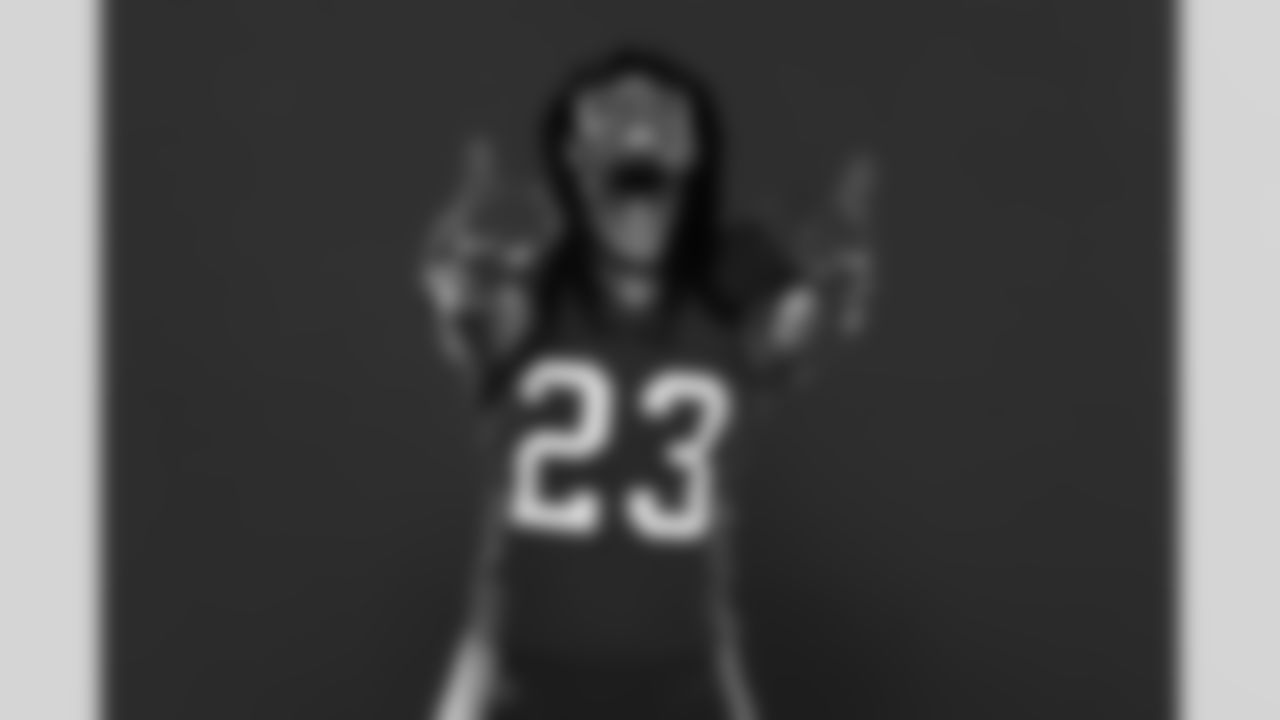
TAMPA, FL - June 11, 2023 - Safety Ryan Neal #23 of the Tampa Bay Buccaneers during 2023 Asset Shoot at AdventHealth Training Center. Photo By Kyle Zedaker/Tampa Bay Buccaneers
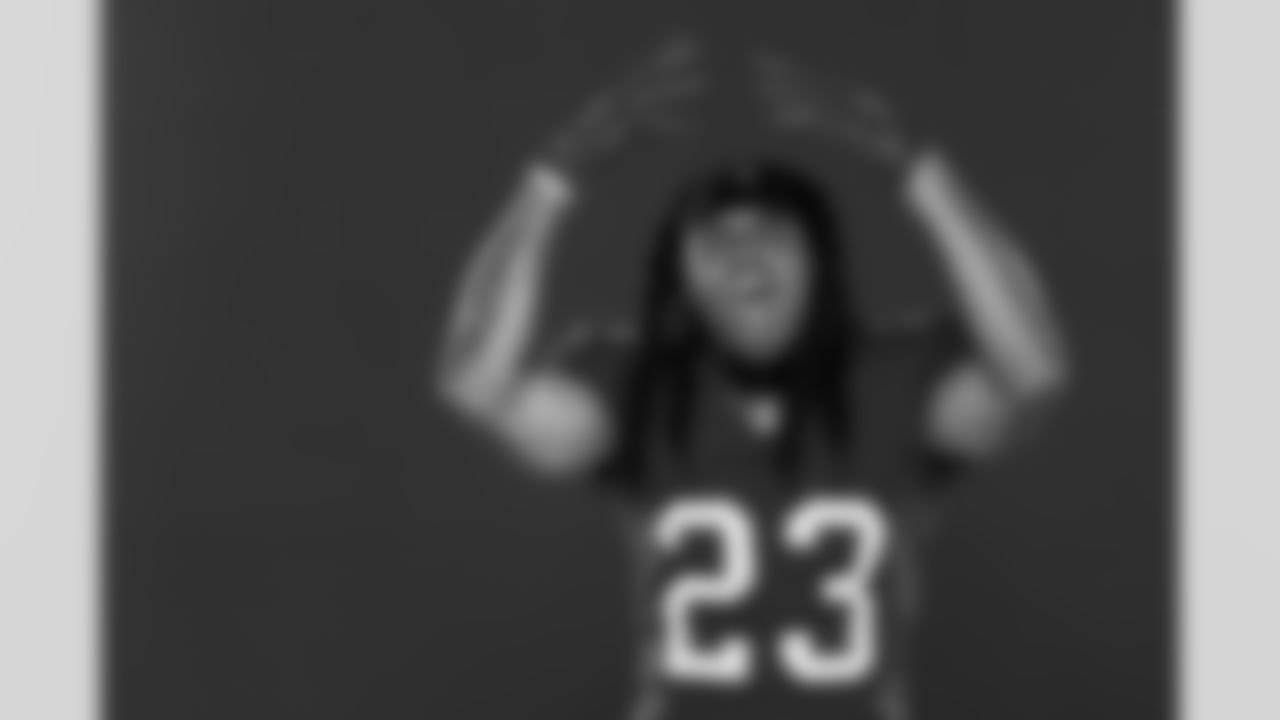
TAMPA, FL - June 11, 2023 - Safety Ryan Neal #23 of the Tampa Bay Buccaneers during 2023 Asset Shoot at AdventHealth Training Center. Photo By Kyle Zedaker/Tampa Bay Buccaneers

TAMPA, FL - June 11, 2023 - Safety Ryan Neal #23 of the Tampa Bay Buccaneers during 2023 Asset Shoot at AdventHealth Training Center. Photo By Kyle Zedaker/Tampa Bay Buccaneers

TAMPA, FL - June 11, 2023 - Safety Ryan Neal #23 of the Tampa Bay Buccaneers during 2023 Asset Shoot at AdventHealth Training Center. Photo By Kyle Zedaker/Tampa Bay Buccaneers

TAMPA, FL - June 11, 2023 - Safety Ryan Neal #23 of the Tampa Bay Buccaneers during 2023 Asset Shoot at AdventHealth Training Center. Photo By Kyle Zedaker/Tampa Bay Buccaneers

TAMPA, FL - June 11, 2023 - Safety Ryan Neal #23 of the Tampa Bay Buccaneers during 2023 Asset Shoot at AdventHealth Training Center. Photo By Kyle Zedaker/Tampa Bay Buccaneers
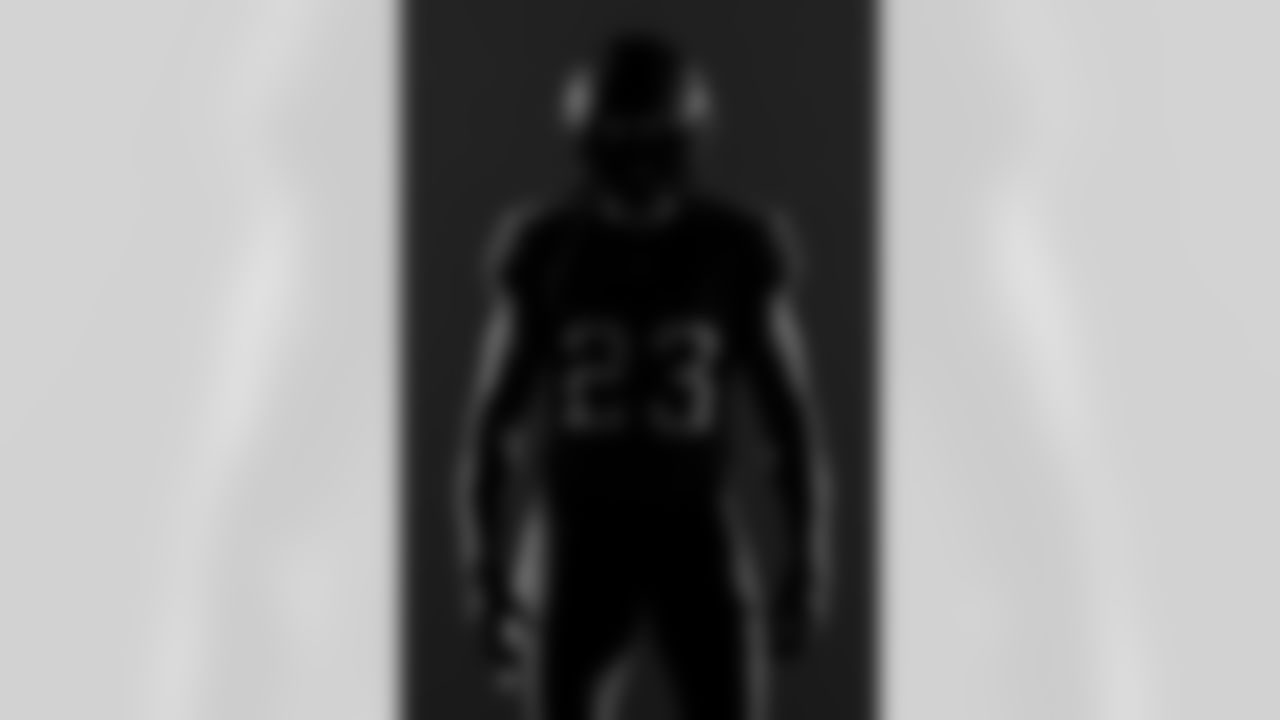
TAMPA, FL - June 11, 2023 - Safety Ryan Neal #23 of the Tampa Bay Buccaneers during 2023 Asset Shoot at AdventHealth Training Center. Photo By Kyle Zedaker/Tampa Bay Buccaneers
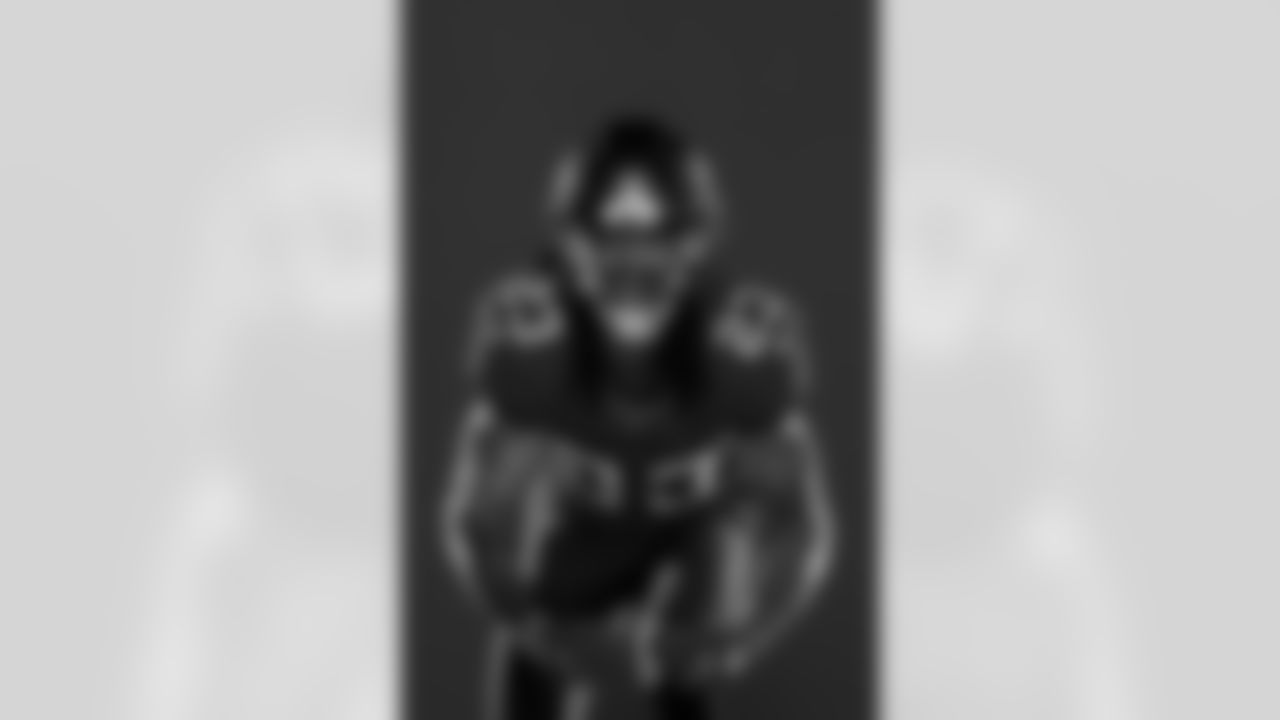
TAMPA, FL - June 11, 2023 - Safety Ryan Neal #23 of the Tampa Bay Buccaneers during 2023 Asset Shoot at AdventHealth Training Center. Photo By Kyle Zedaker/Tampa Bay Buccaneers

TAMPA, FL - June 11, 2023 - Safety Ryan Neal #23 of the Tampa Bay Buccaneers during 2023 Asset Shoot at AdventHealth Training Center. Photo By Kyle Zedaker/Tampa Bay Buccaneers

TAMPA, FL - June 12, 2023 - Tight End Cade Otton #88 of the Tampa Bay Buccaneers during 2023 Asset Shoot at AdventHealth Training Center. Photo By Kyle Zedaker/Tampa Bay Buccaneers

TAMPA, FL - June 12, 2023 - Tight End Cade Otton #88 of the Tampa Bay Buccaneers during 2023 Asset Shoot at AdventHealth Training Center. Photo By Kyle Zedaker/Tampa Bay Buccaneers

TAMPA, FL - June 12, 2023 - Tight End Cade Otton #88 of the Tampa Bay Buccaneers during 2023 Asset Shoot at AdventHealth Training Center. Photo By Kyle Zedaker/Tampa Bay Buccaneers

TAMPA, FL - June 12, 2023 - Tight End Cade Otton #88 of the Tampa Bay Buccaneers during 2023 Asset Shoot at AdventHealth Training Center. Photo By Kyle Zedaker/Tampa Bay Buccaneers
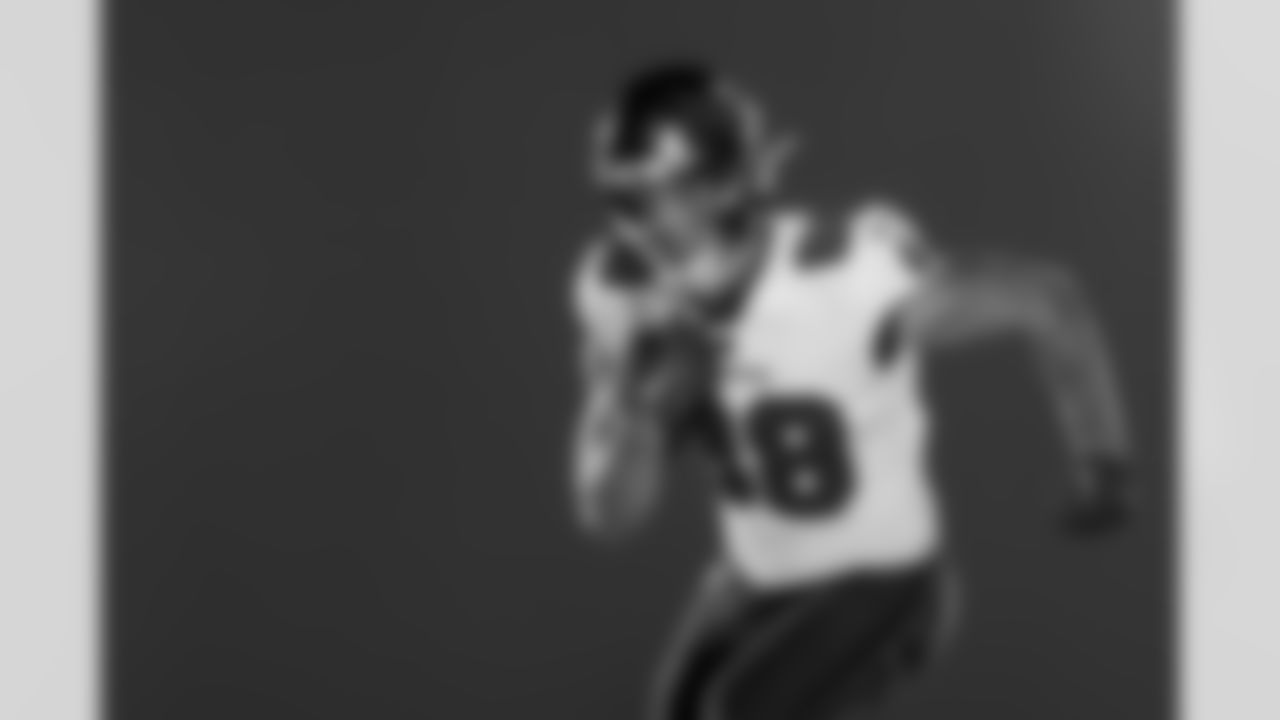
TAMPA, FL - June 12, 2023 - Tight End Cade Otton #88 of the Tampa Bay Buccaneers during 2023 Asset Shoot at AdventHealth Training Center. Photo By Kyle Zedaker/Tampa Bay Buccaneers
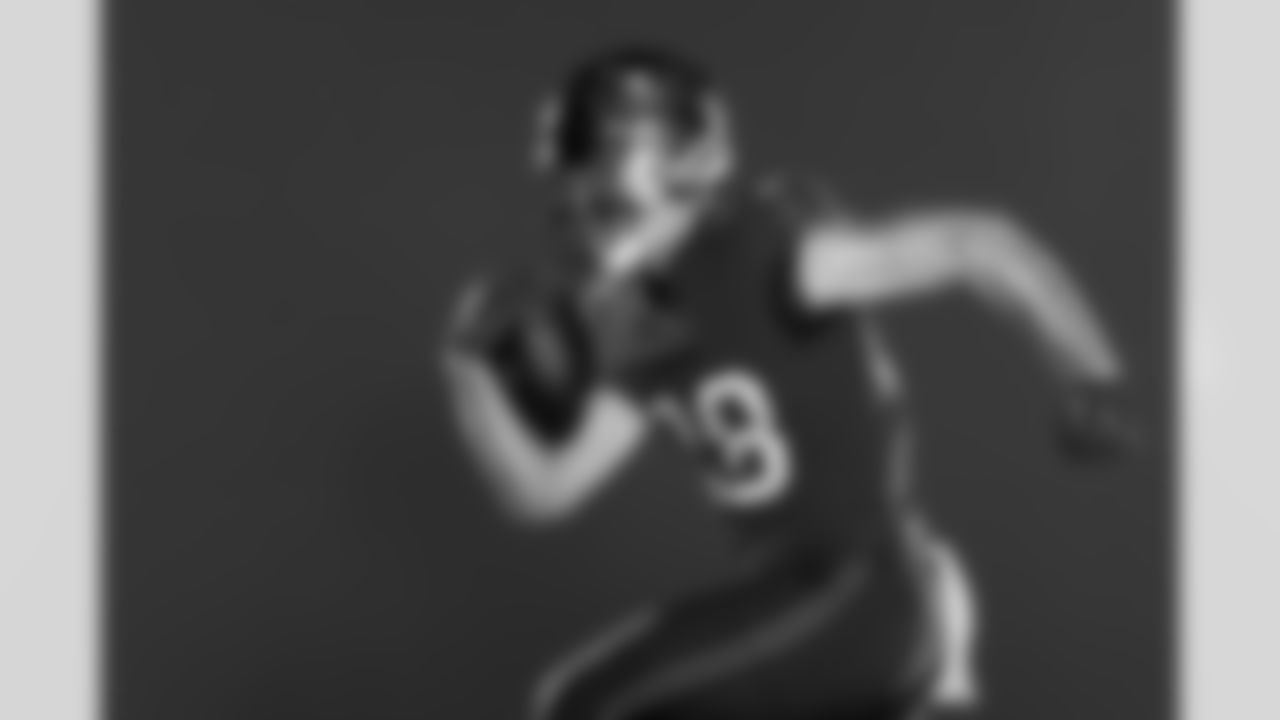
TAMPA, FL - June 12, 2023 - Tight End Cade Otton #88 of the Tampa Bay Buccaneers during 2023 Asset Shoot at AdventHealth Training Center. Photo By Kyle Zedaker/Tampa Bay Buccaneers
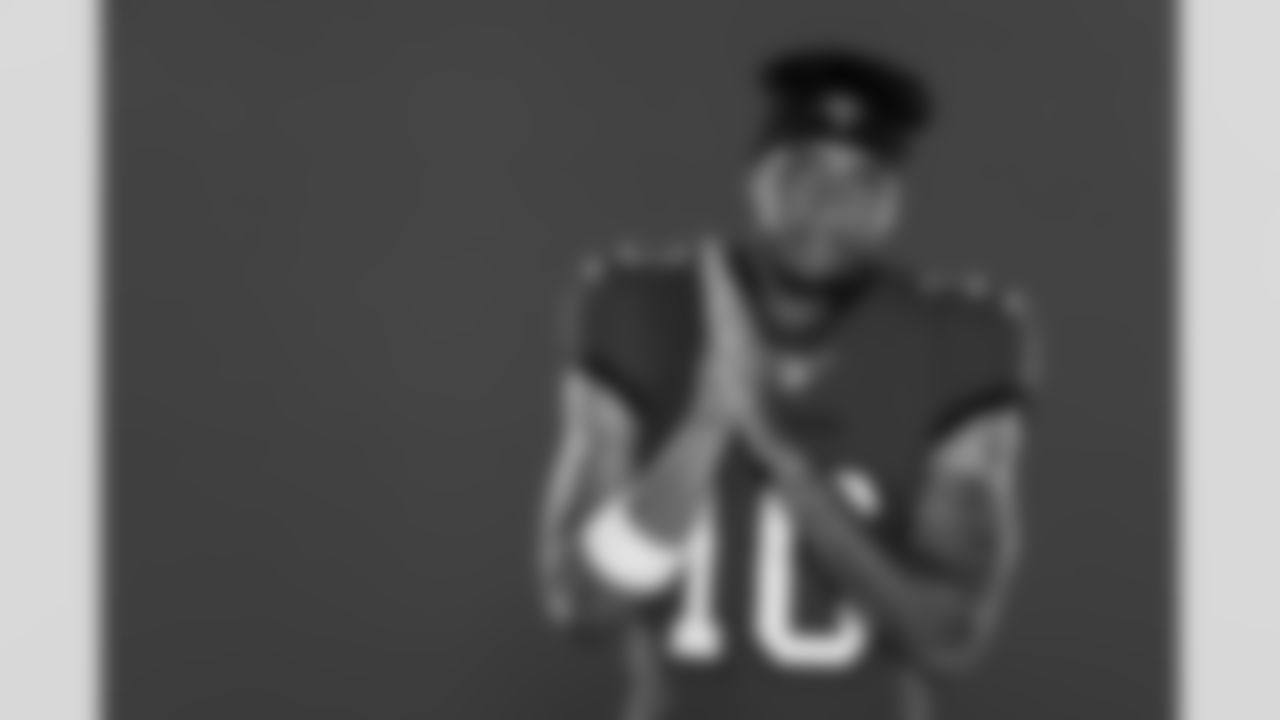
TAMPA, FL - June 11, 2023 - Wide Receiver Trey Palmer #10 of the Tampa Bay Buccaneers during 2023 Asset Shoot at AdventHealth Training Center. Photo By Kyle Zedaker/Tampa Bay Buccaneers
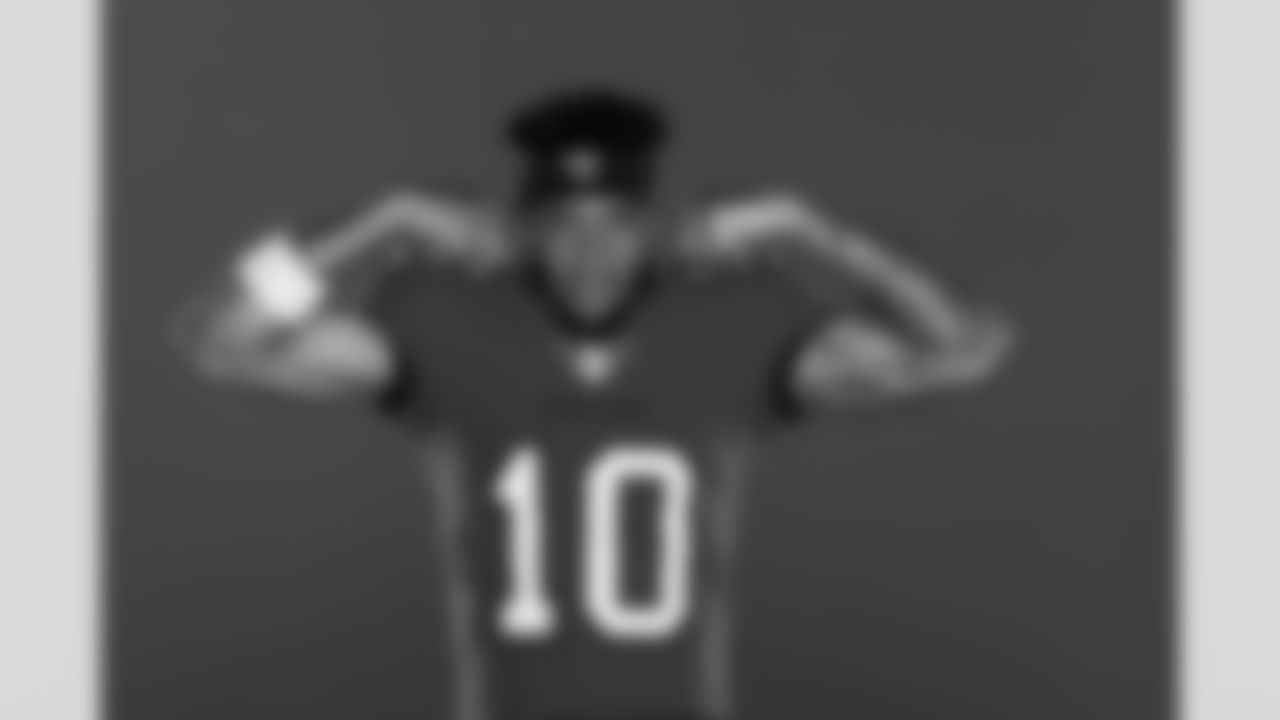
TAMPA, FL - June 11, 2023 - Wide Receiver Trey Palmer #10 of the Tampa Bay Buccaneers during 2023 Asset Shoot at AdventHealth Training Center. Photo By Kyle Zedaker/Tampa Bay Buccaneers

TAMPA, FL - June 11, 2023 - Wide Receiver Trey Palmer #10 of the Tampa Bay Buccaneers during 2023 Asset Shoot at AdventHealth Training Center. Photo By Kyle Zedaker/Tampa Bay Buccaneers

TAMPA, FL - June 12, 2023 - Quarterback Kyle Trask #2 of the Tampa Bay Buccaneers during 2023 Asset Shoot at AdventHealth Training Center. Photo By Kyle Zedaker/Tampa Bay Buccaneers

TAMPA, FL - June 12, 2023 - Quarterback Kyle Trask #2 of the Tampa Bay Buccaneers during 2023 Asset Shoot at AdventHealth Training Center. Photo By Kyle Zedaker/Tampa Bay Buccaneers
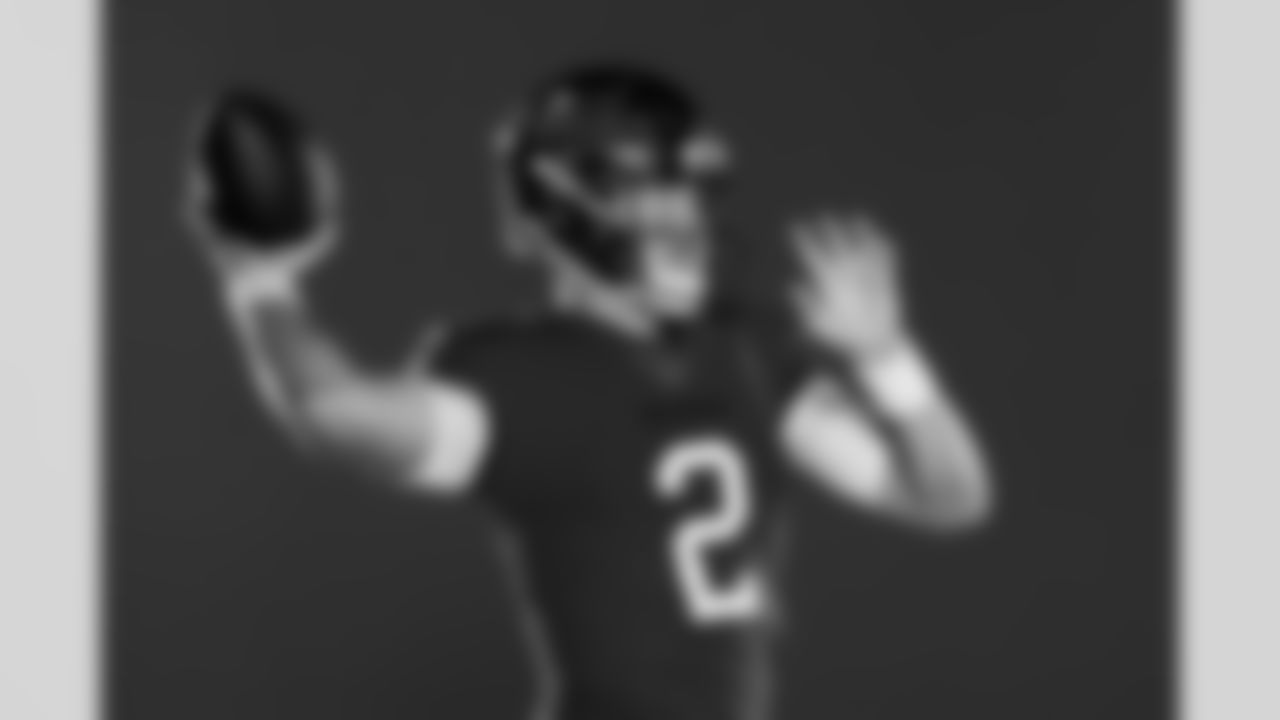
TAMPA, FL - June 12, 2023 - Quarterback Kyle Trask #2 of the Tampa Bay Buccaneers during 2023 Asset Shoot at AdventHealth Training Center. Photo By Kyle Zedaker/Tampa Bay Buccaneers

TAMPA, FL - June 12, 2023 - Quarterback Kyle Trask #2 of the Tampa Bay Buccaneers during 2023 Asset Shoot at AdventHealth Training Center. Photo By Kyle Zedaker/Tampa Bay Buccaneers
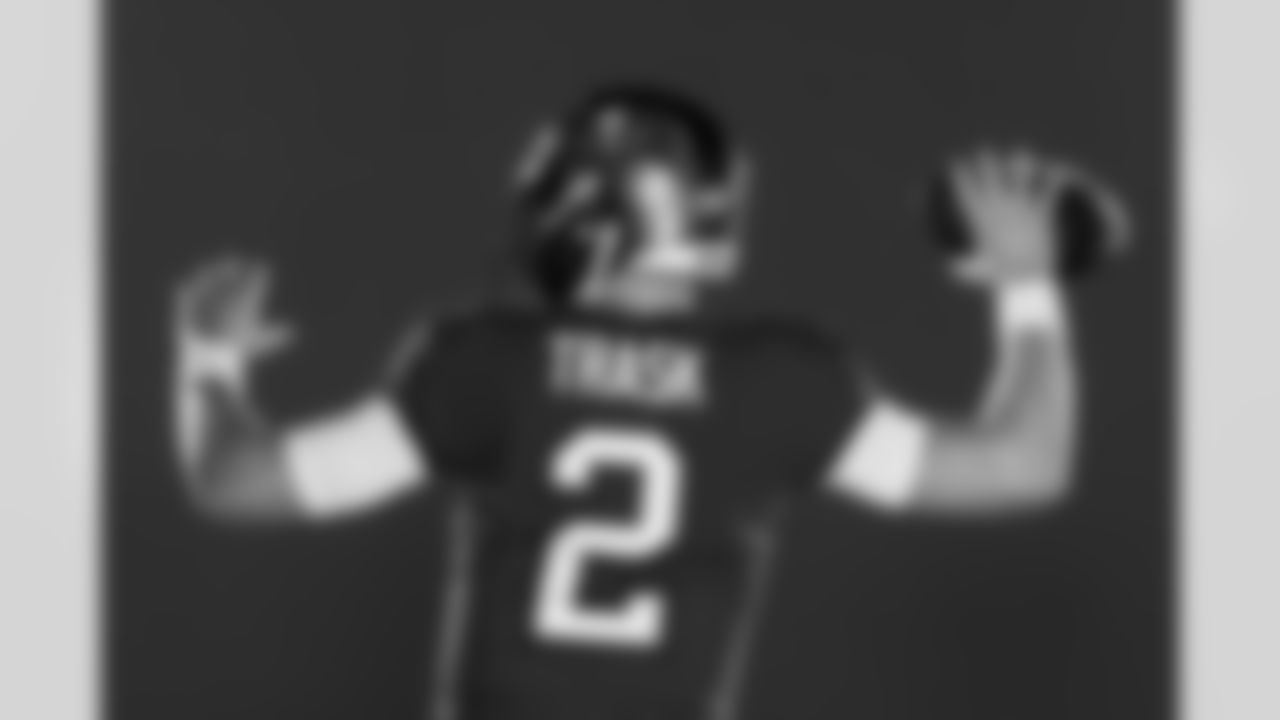
TAMPA, FL - June 12, 2023 - Quarterback Kyle Trask #2 of the Tampa Bay Buccaneers during 2023 Asset Shoot at AdventHealth Training Center. Photo By Kyle Zedaker/Tampa Bay Buccaneers
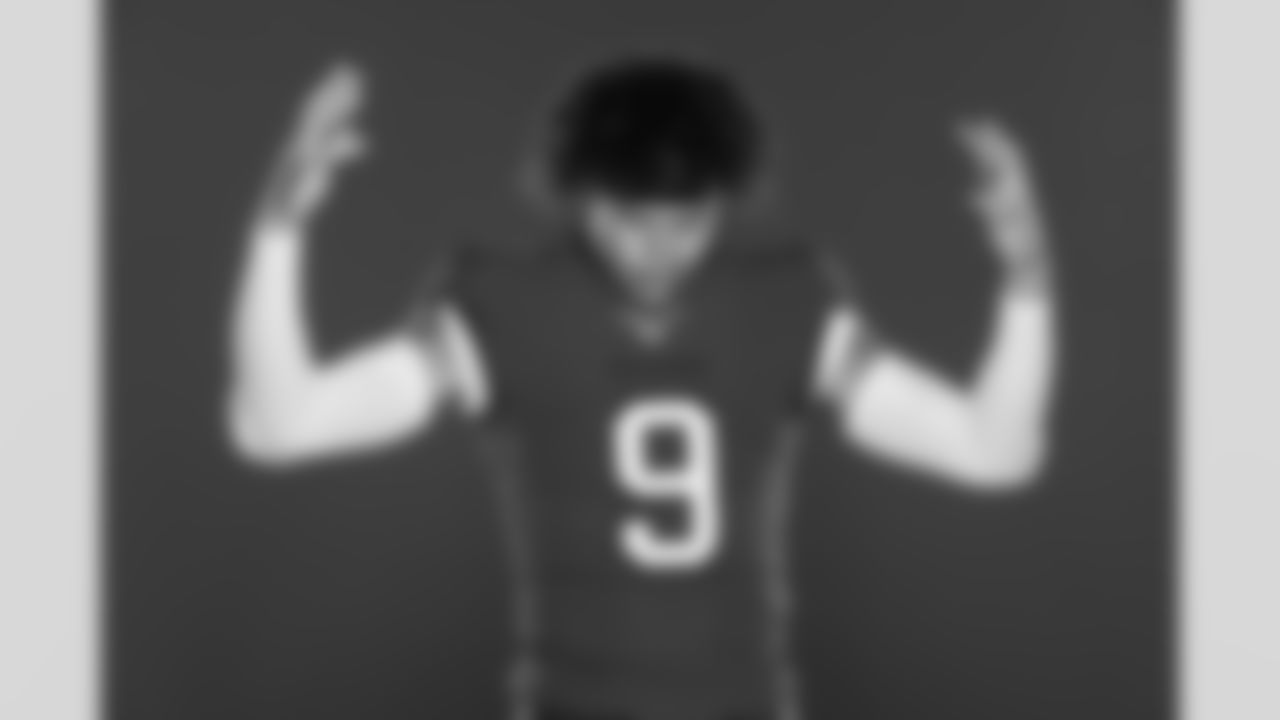
TAMPA, FL - June 12, 2023 - Outside Linebacker Joe Tryon-Shoyinka #9 of the Tampa Bay Buccaneers during 2023 Asset Shoot at AdventHealth Training Center. Photo By Kyle Zedaker/Tampa Bay Buccaneers
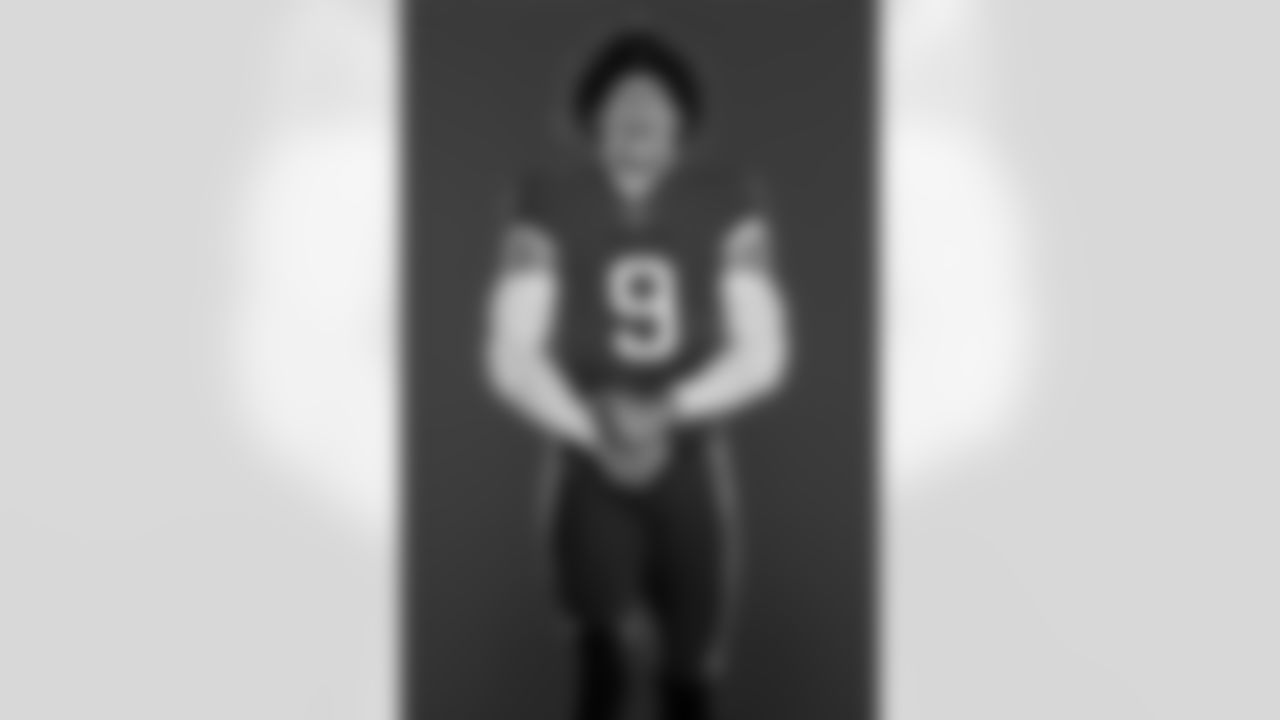
TAMPA, FL - June 12, 2023 - Outside Linebacker Joe Tryon-Shoyinka #9 of the Tampa Bay Buccaneers during 2023 Asset Shoot at AdventHealth Training Center. Photo By Kyle Zedaker/Tampa Bay Buccaneers

TAMPA, FL - June 12, 2023 - Outside Linebacker Joe Tryon-Shoyinka #9 of the Tampa Bay Buccaneers during 2023 Asset Shoot at AdventHealth Training Center. Photo By Kyle Zedaker/Tampa Bay Buccaneers
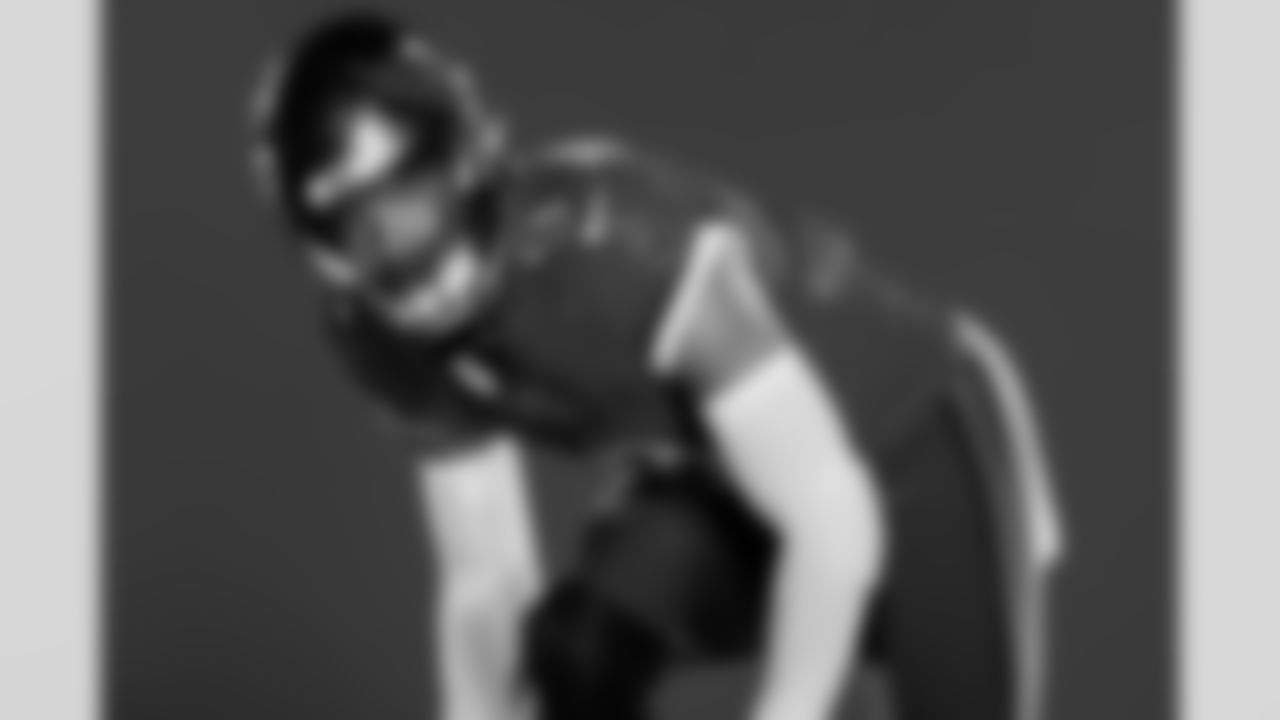
TAMPA, FL - June 12, 2023 - Outside Linebacker Joe Tryon-Shoyinka #9 of the Tampa Bay Buccaneers during 2023 Asset Shoot at AdventHealth Training Center. Photo By Kyle Zedaker/Tampa Bay Buccaneers
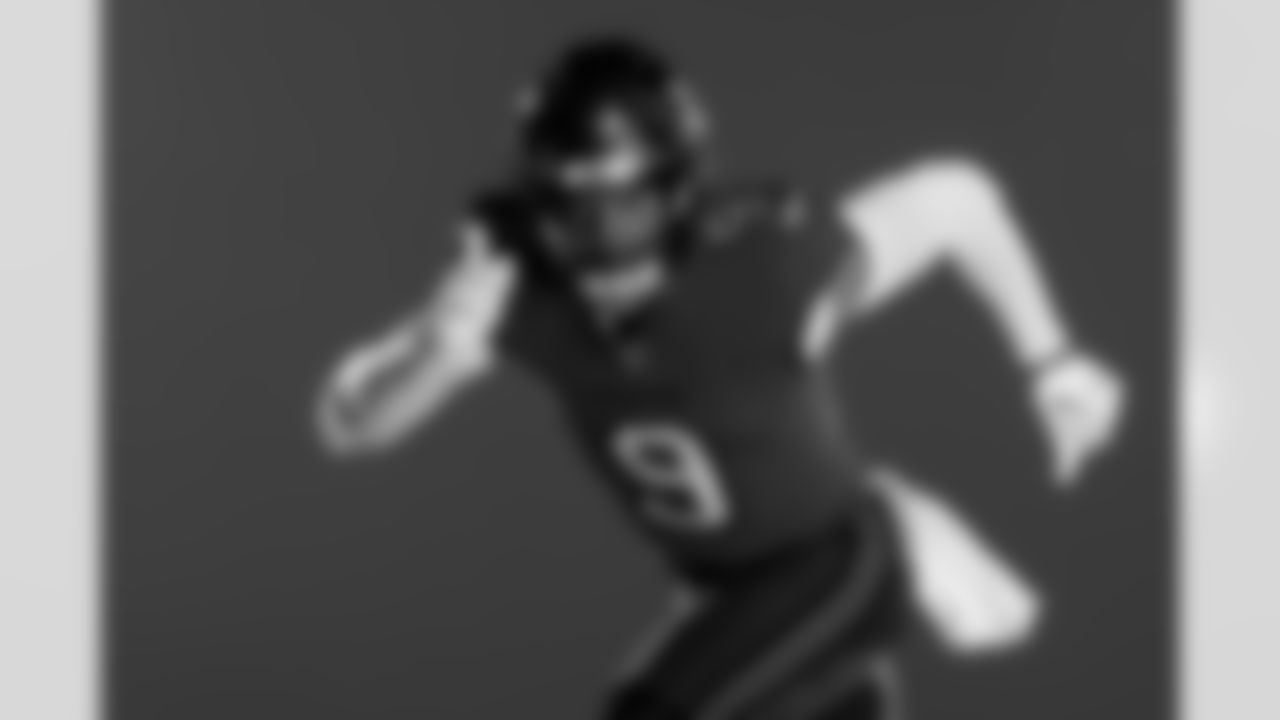
TAMPA, FL - June 12, 2023 - Outside Linebacker Joe Tryon-Shoyinka #9 of the Tampa Bay Buccaneers during 2023 Asset Shoot at AdventHealth Training Center. Photo By Kyle Zedaker/Tampa Bay Buccaneers
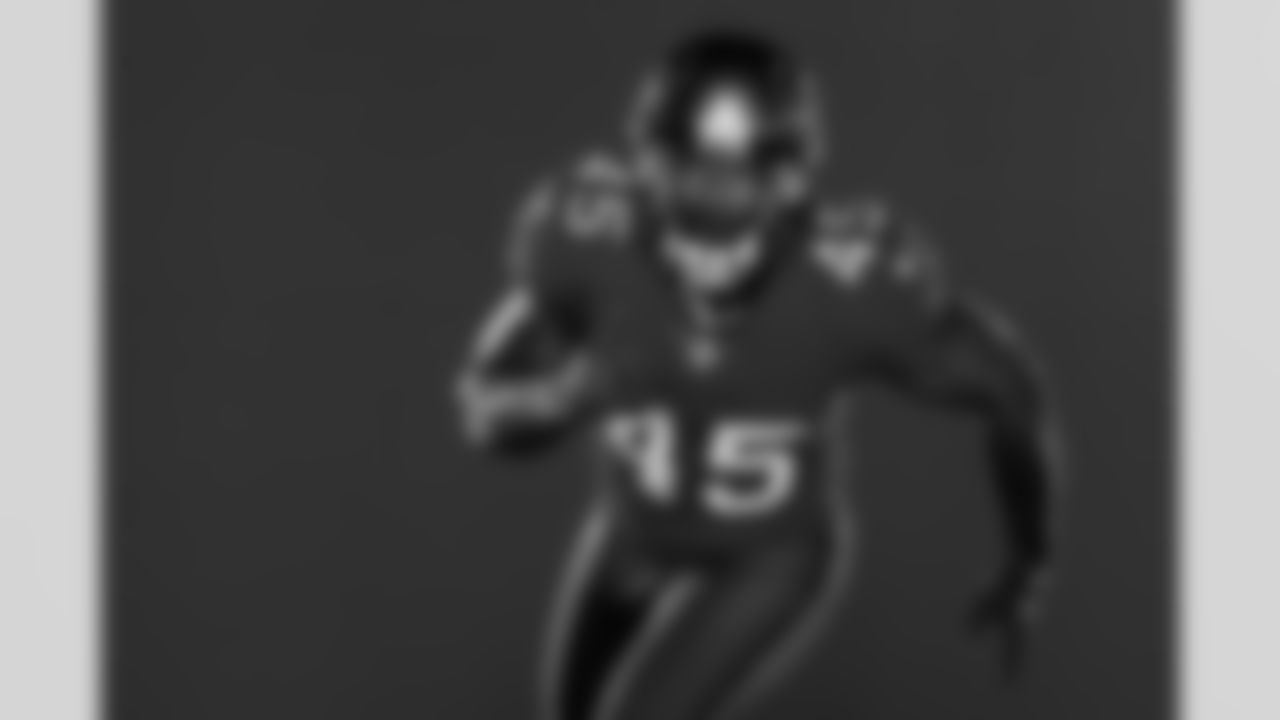
TAMPA, FL - June 11, 2023 - Inside Linebacker Devin White #45 of the Tampa Bay Buccaneers during 2023 Asset Shoot at AdventHealth Training Center. Photo By Kyle Zedaker/Tampa Bay Buccaneers

TAMPA, FL - June 11, 2023 - Inside Linebacker Devin White #45 of the Tampa Bay Buccaneers during 2023 Asset Shoot at AdventHealth Training Center. Photo By Kyle Zedaker/Tampa Bay Buccaneers
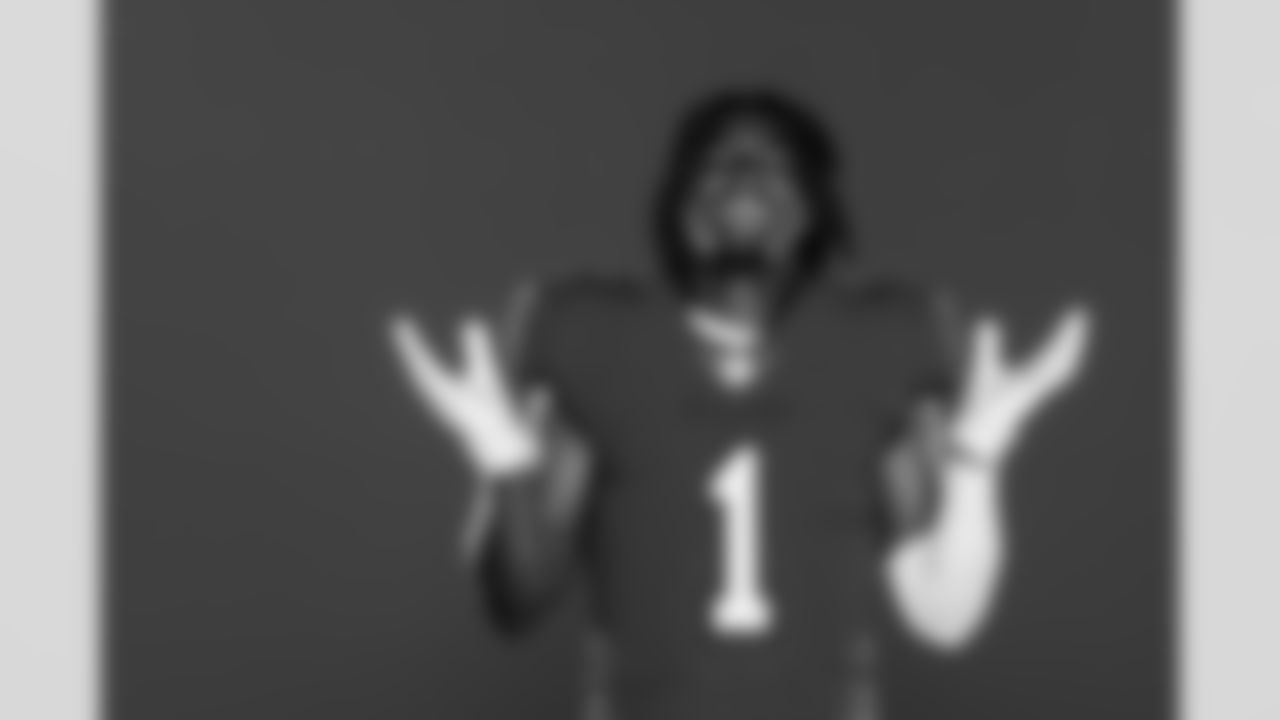
TAMPA, FL - June 11, 2023 - Running Back Rachaad White #1 of the Tampa Bay Buccaneers during 2023 Asset Shoot at AdventHealth Training Center. Photo By Kyle Zedaker/Tampa Bay Buccaneers

TAMPA, FL - June 11, 2023 - Running Back Rachaad White #1 of the Tampa Bay Buccaneers during 2023 Asset Shoot at AdventHealth Training Center. Photo By Kyle Zedaker/Tampa Bay Buccaneers

TAMPA, FL - June 11, 2023 - Running Back Rachaad White #1 of the Tampa Bay Buccaneers during 2023 Asset Shoot at AdventHealth Training Center. Photo By Kyle Zedaker/Tampa Bay Buccaneers
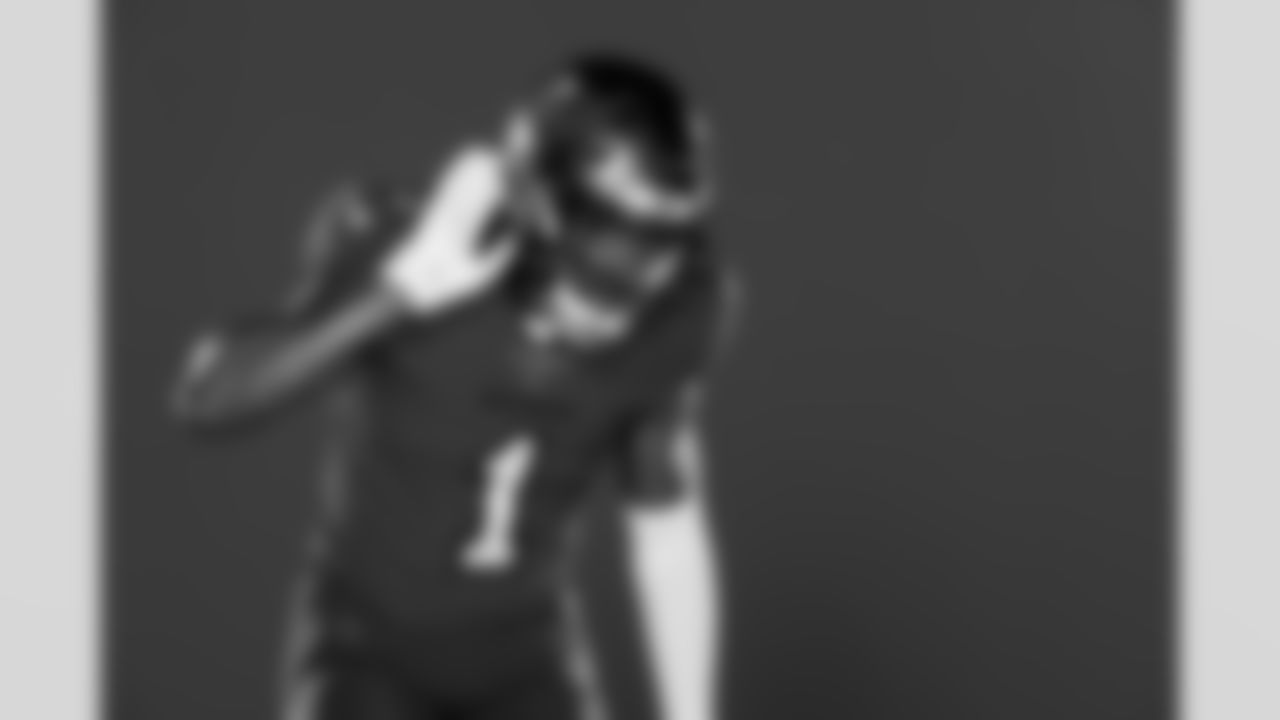
TAMPA, FL - June 11, 2023 - Running Back Rachaad White #1 of the Tampa Bay Buccaneers during 2023 Asset Shoot at AdventHealth Training Center. Photo By Kyle Zedaker/Tampa Bay Buccaneers

TAMPA, FL - June 11, 2023 - Running Back Rachaad White #1 of the Tampa Bay Buccaneers during 2023 Asset Shoot at AdventHealth Training Center. Photo By Kyle Zedaker/Tampa Bay Buccaneers
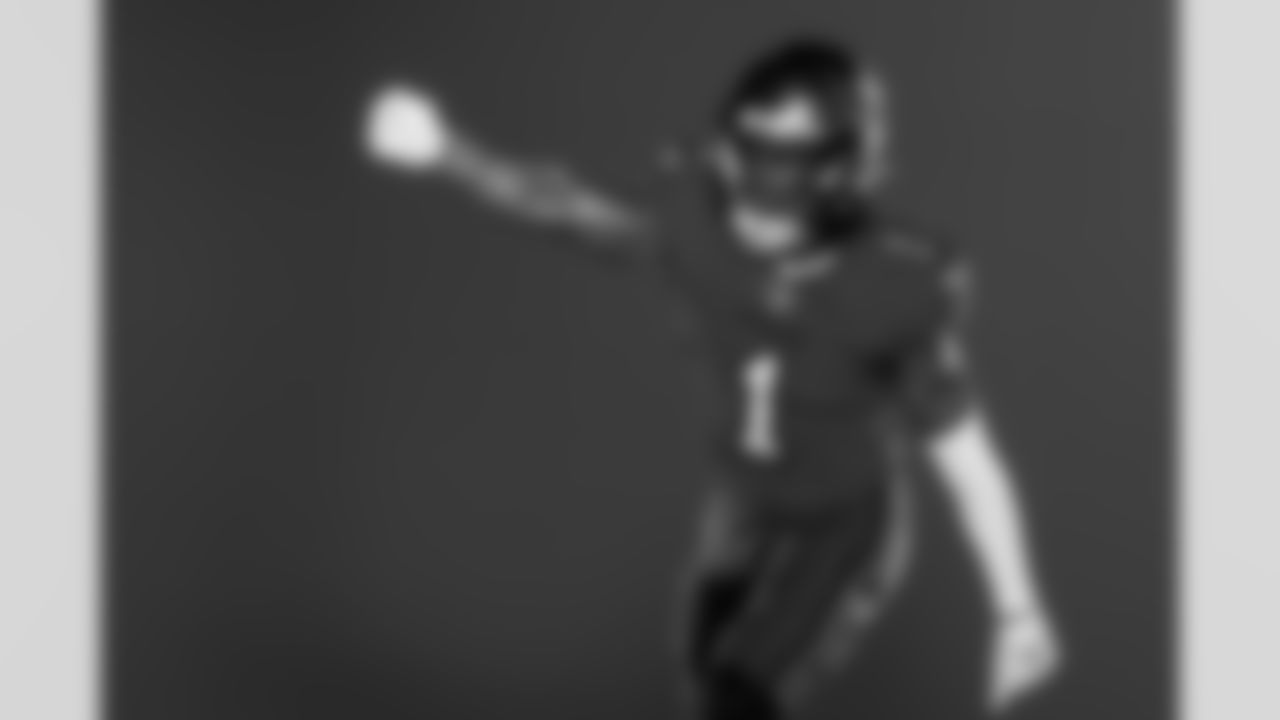
TAMPA, FL - June 11, 2023 - Running Back Rachaad White #1 of the Tampa Bay Buccaneers during 2023 Asset Shoot at AdventHealth Training Center. Photo By Kyle Zedaker/Tampa Bay Buccaneers

TAMPA, FL - June 11, 2023 - Running Back Rachaad White #1 of the Tampa Bay Buccaneers during 2023 Asset Shoot at AdventHealth Training Center. Photo By Kyle Zedaker/Tampa Bay Buccaneers
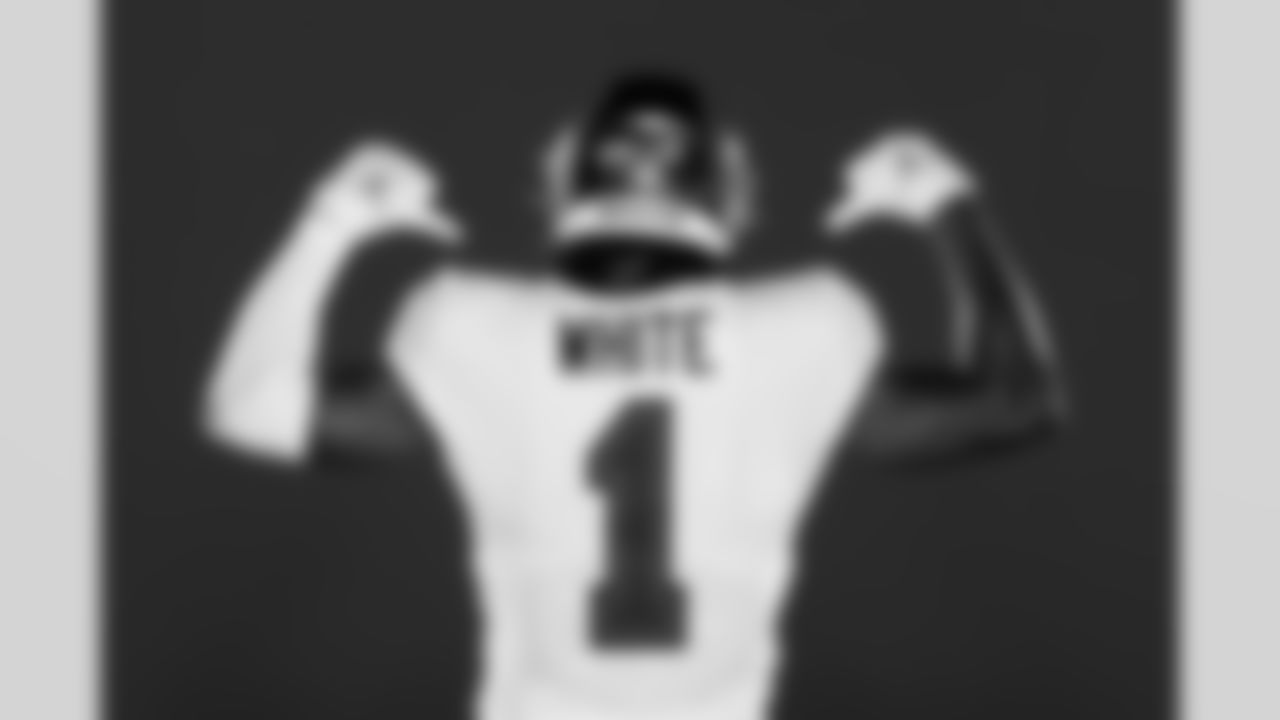
TAMPA, FL - June 11, 2023 - Running Back Rachaad White #1 of the Tampa Bay Buccaneers during 2023 Asset Shoot at AdventHealth Training Center. Photo By Kyle Zedaker/Tampa Bay Buccaneers

TAMPA, FL - June 11, 2023 - Running Back Rachaad White #1 of the Tampa Bay Buccaneers during 2023 Asset Shoot at AdventHealth Training Center. Photo By Kyle Zedaker/Tampa Bay Buccaneers
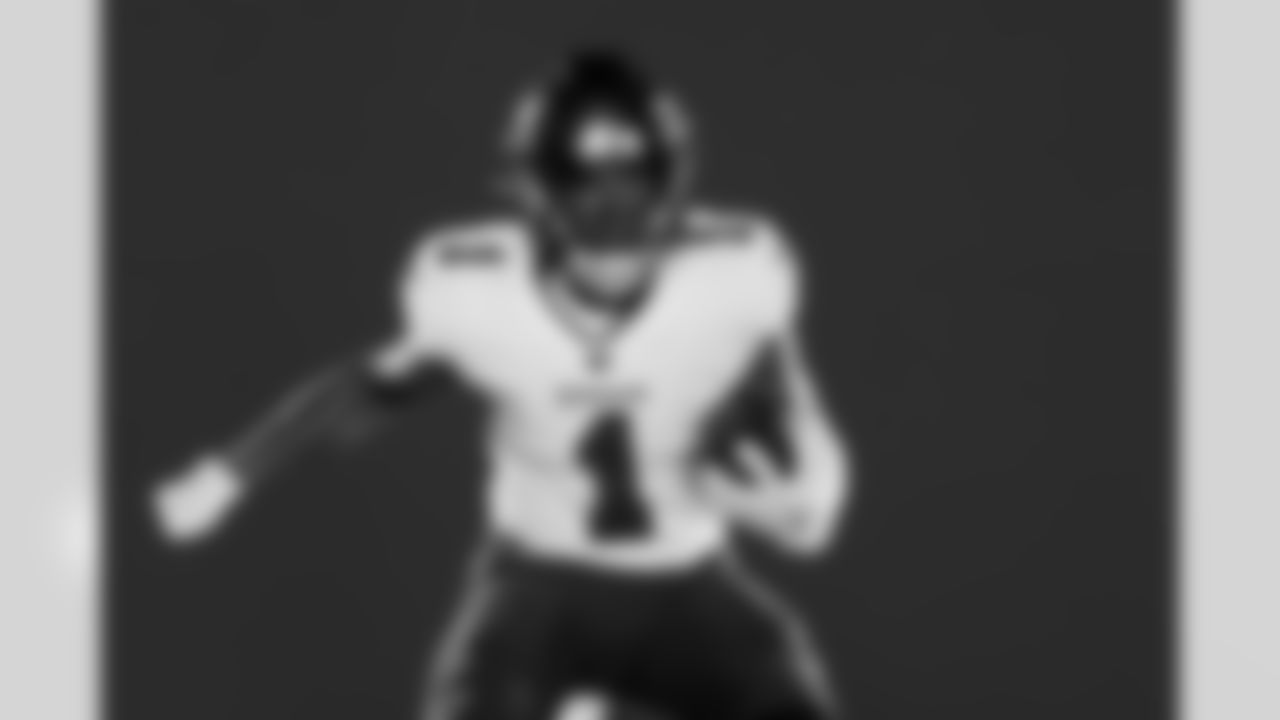
TAMPA, FL - June 11, 2023 - Running Back Rachaad White #1 of the Tampa Bay Buccaneers during 2023 Asset Shoot at AdventHealth Training Center. Photo By Kyle Zedaker/Tampa Bay Buccaneers
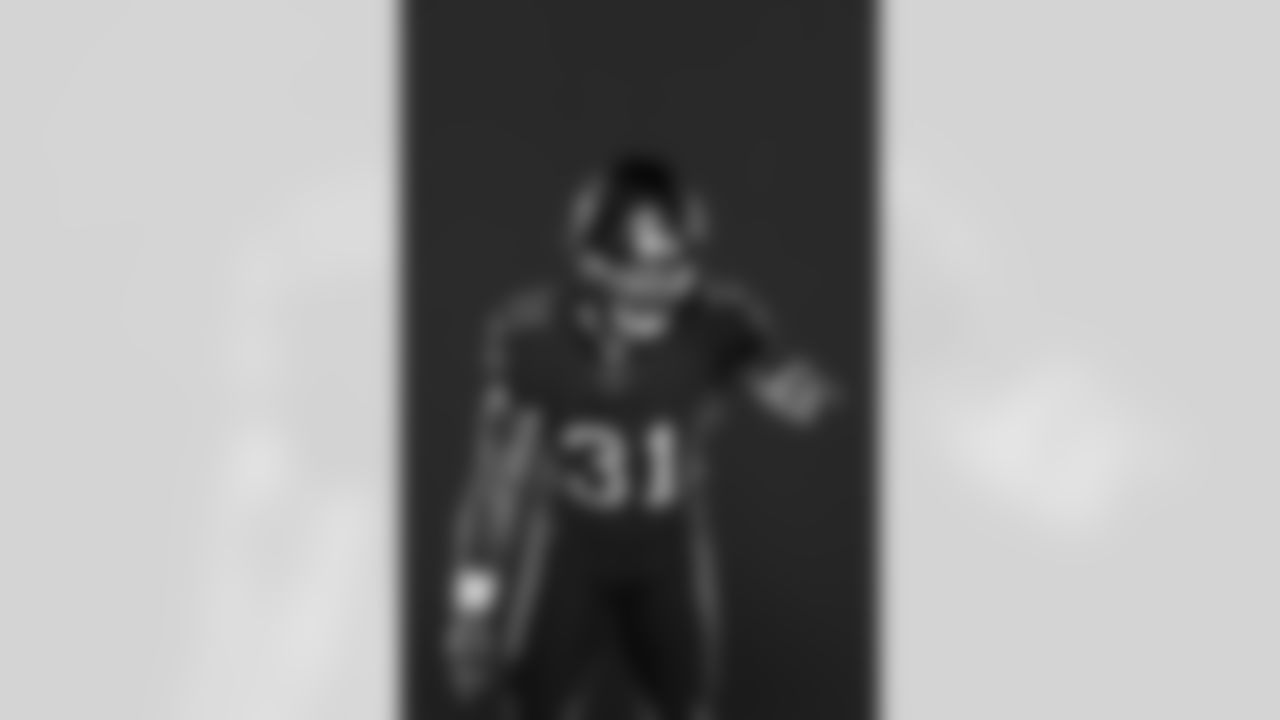
TAMPA, FL - June 11, 2023 - Safety Antoine Winfield Jr. #31 of the Tampa Bay Buccaneers during 2023 Asset Shoot at AdventHealth Training Center. Photo By Kyle Zedaker/Tampa Bay Buccaneers

TAMPA, FL - June 11, 2023 - Safety Antoine Winfield Jr. #31 of the Tampa Bay Buccaneers during 2023 Asset Shoot at AdventHealth Training Center. Photo By Kyle Zedaker/Tampa Bay Buccaneers
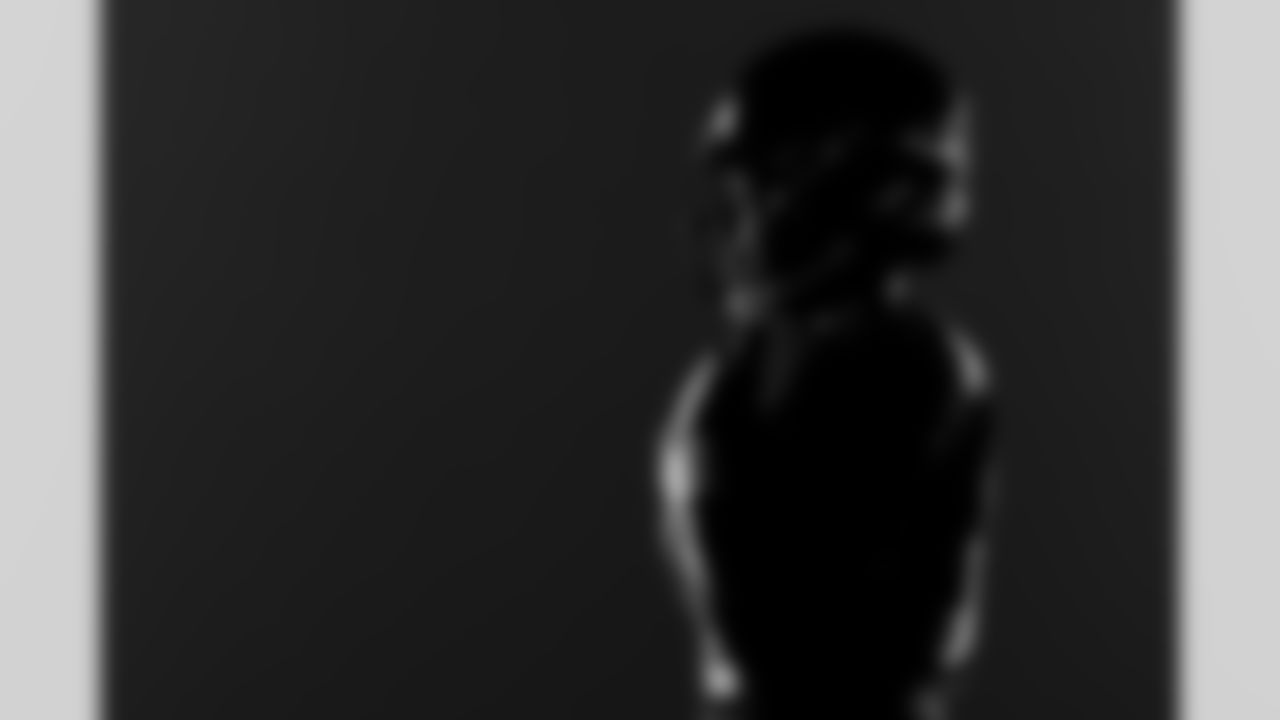
TAMPA, FL - June 11, 2023 - Safety Antoine Winfield Jr. #31 of the Tampa Bay Buccaneers during 2023 Asset Shoot at AdventHealth Training Center. Photo By Kyle Zedaker/Tampa Bay Buccaneers

TAMPA, FL - June 11, 2023 - Safety Antoine Winfield Jr. #31 of the Tampa Bay Buccaneers during 2023 Asset Shoot at AdventHealth Training Center. Photo By Kyle Zedaker/Tampa Bay Buccaneers
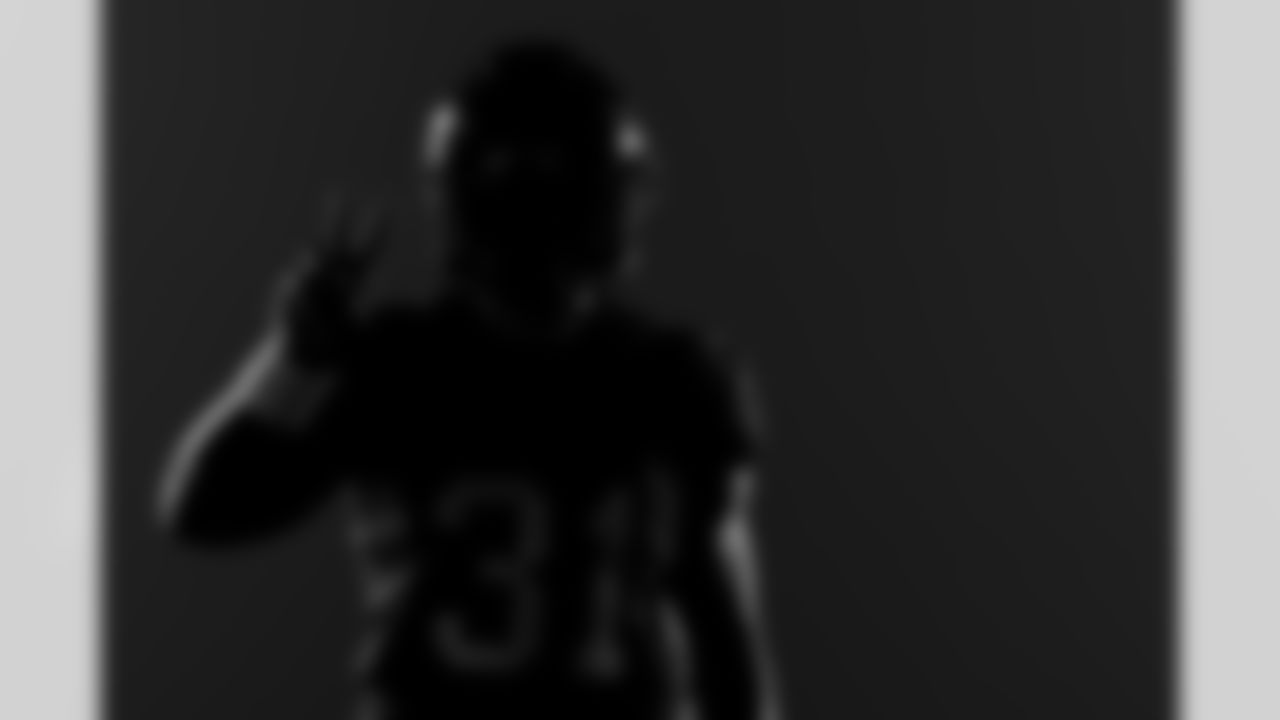
TAMPA, FL - June 11, 2023 - Safety Antoine Winfield Jr. #31 of the Tampa Bay Buccaneers during 2023 Asset Shoot at AdventHealth Training Center. Photo By Kyle Zedaker/Tampa Bay Buccaneers























